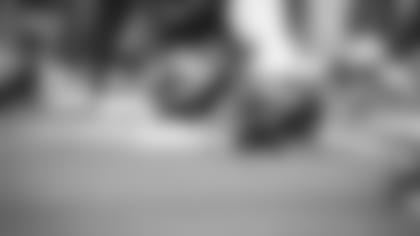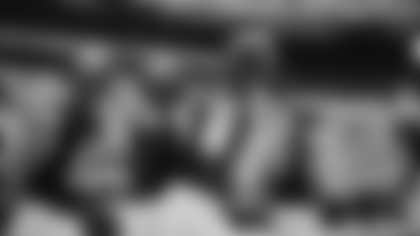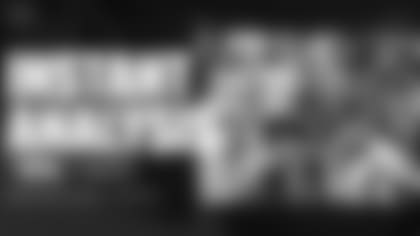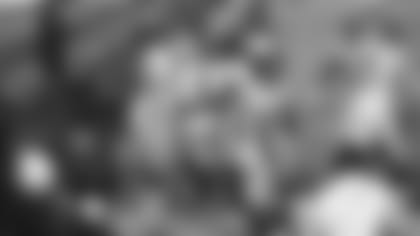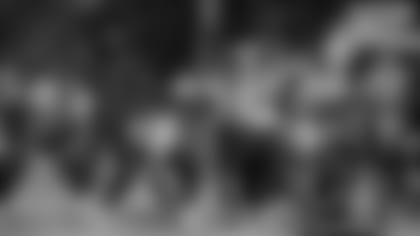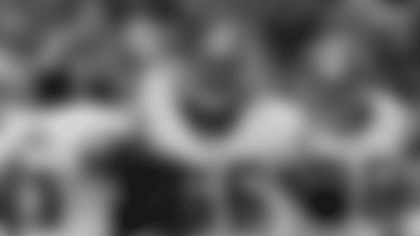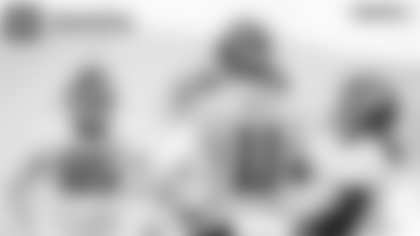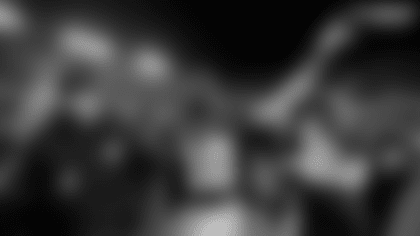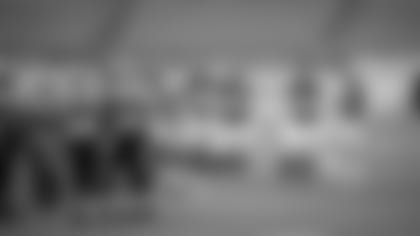The Redskins' defense struggled to find much consistency through the first six weeks of the season, as stretches of solid play were followed by long scoring drives from the opposition.
A big part of the problem stemmed from the team's difficulties to defend in the red zone. Washington had allowed touchdowns 63.64% of the time over that stretch, which was seventh-worst in the league.
"Keep going forward," said safety Landon Collins after the Miami Dolphins game Oct. 13, urging his team to continue to fight. "Just make the competition harder as much as we can and play our technique and do our job."
But against San Francisco and Minnesota, that trend started to change. The Redskins allowed just one touchdown in eight red zone trips, which was among the best in the league and helped push their seasonal average to 50.00% on the year.
"I thought by and large they did a really good job holding them off," interim head coach Bill Callahan after a Week 8 loss to the Vikings on Oct. 24. "We bent a little bit, but we didn't break totally."
Take a look at photos from Redskins practice on Thursday October 31, 2019 before they take on the Buffalo Bills.
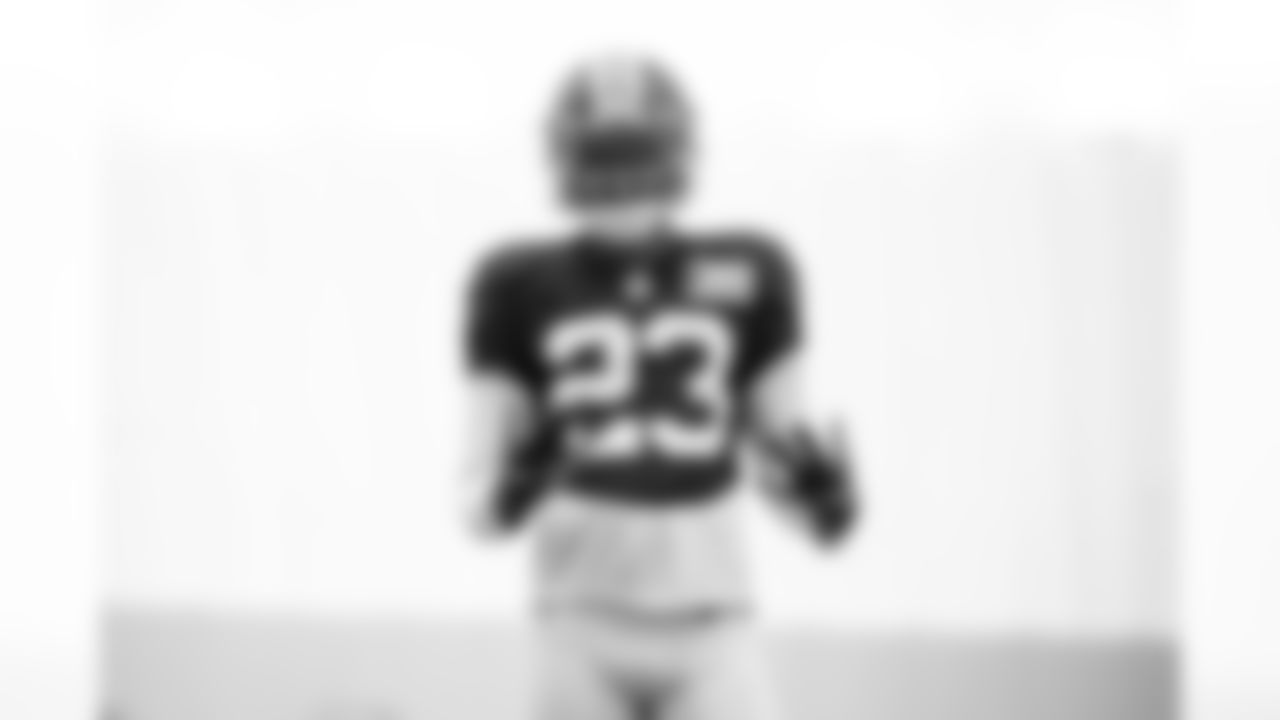
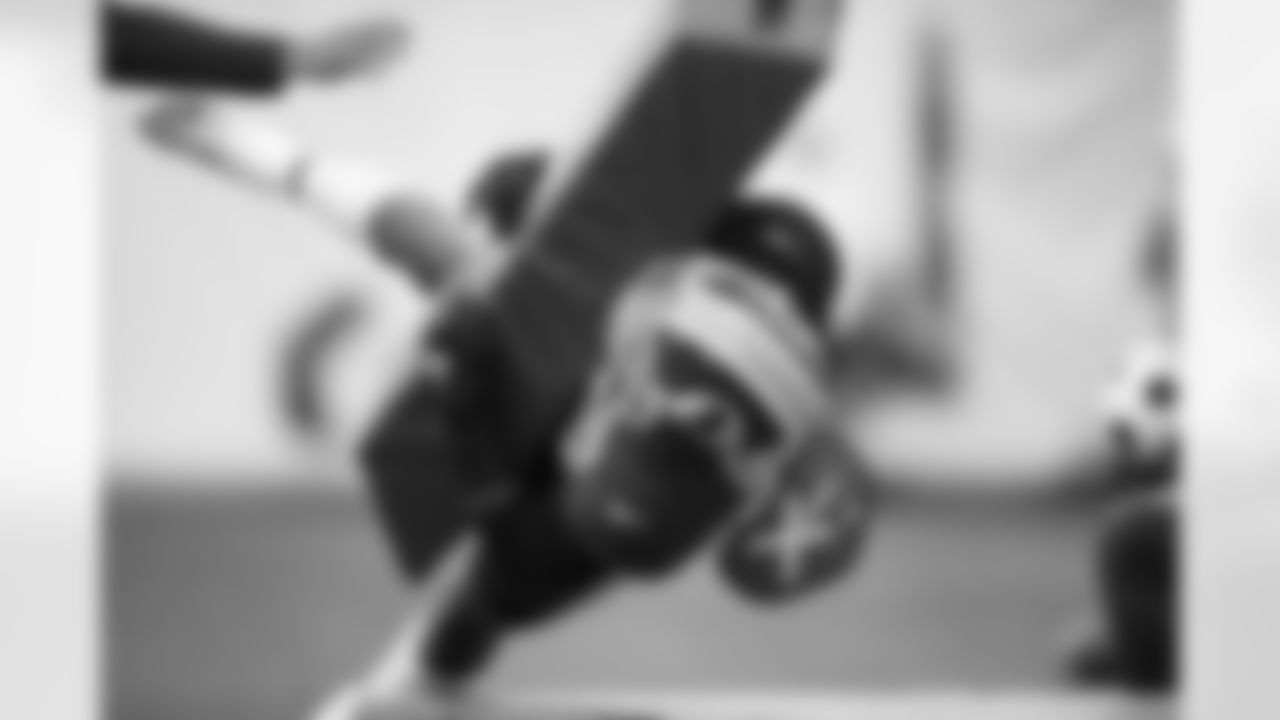
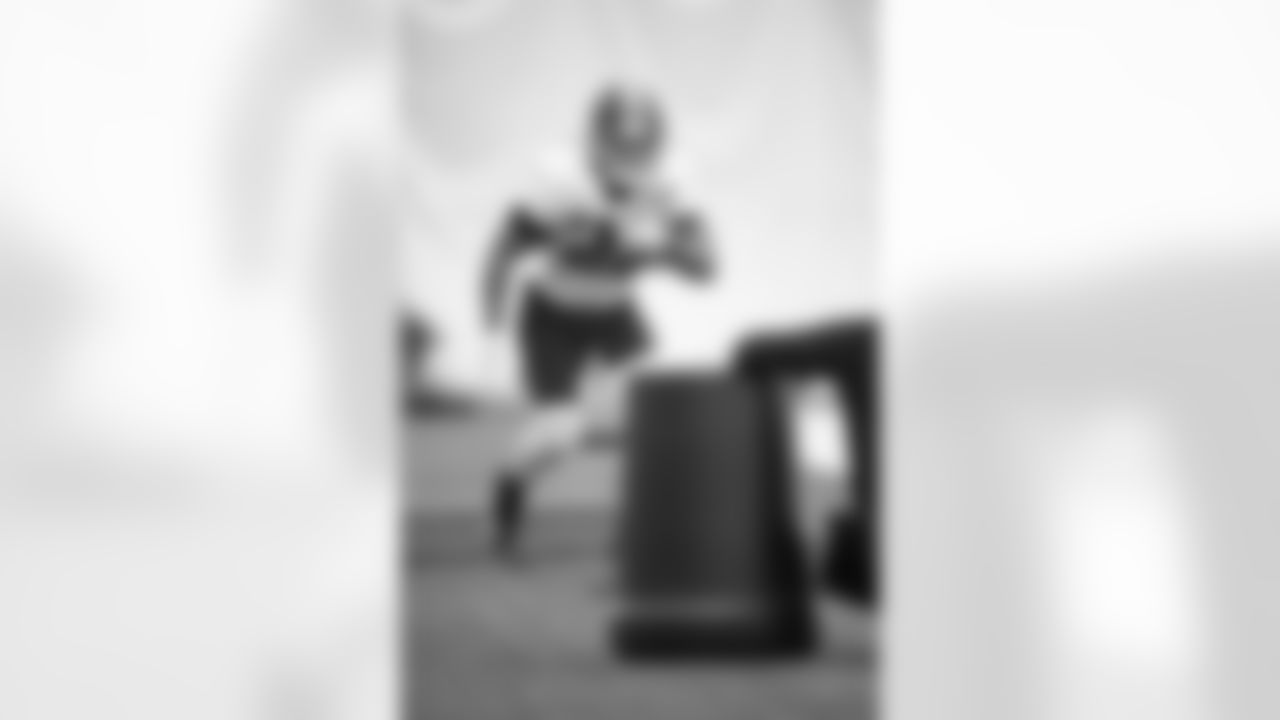
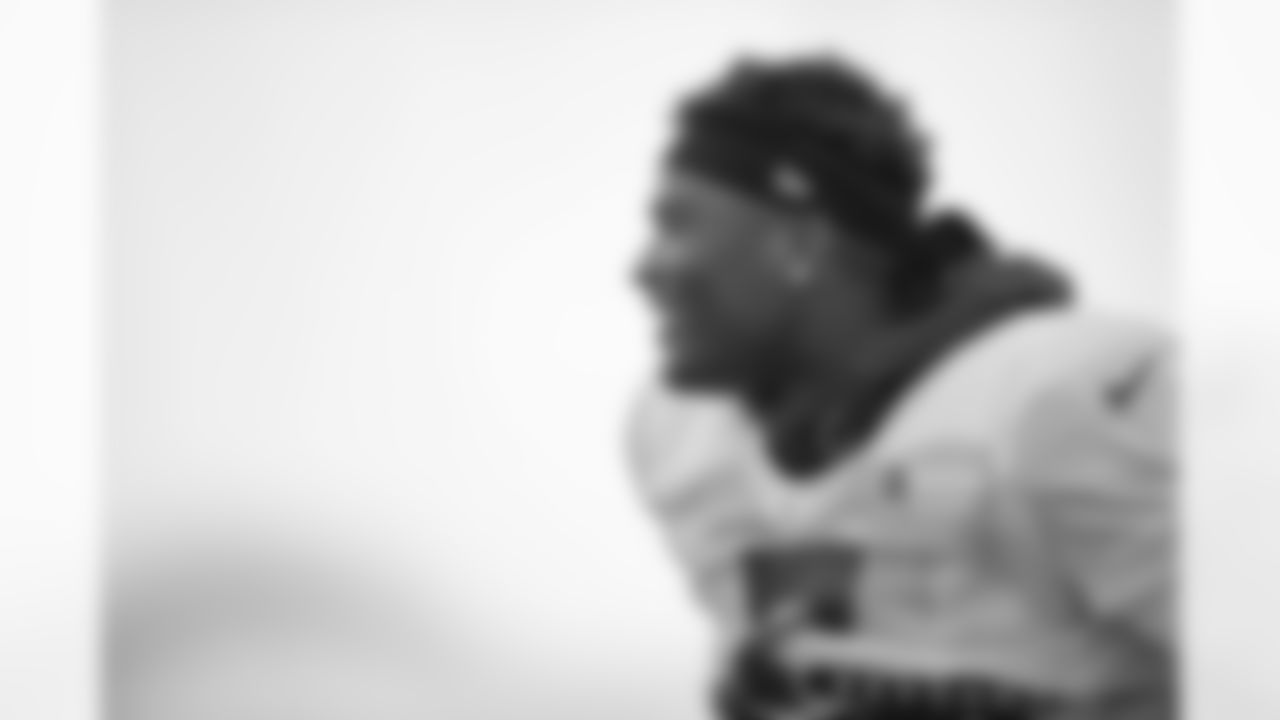
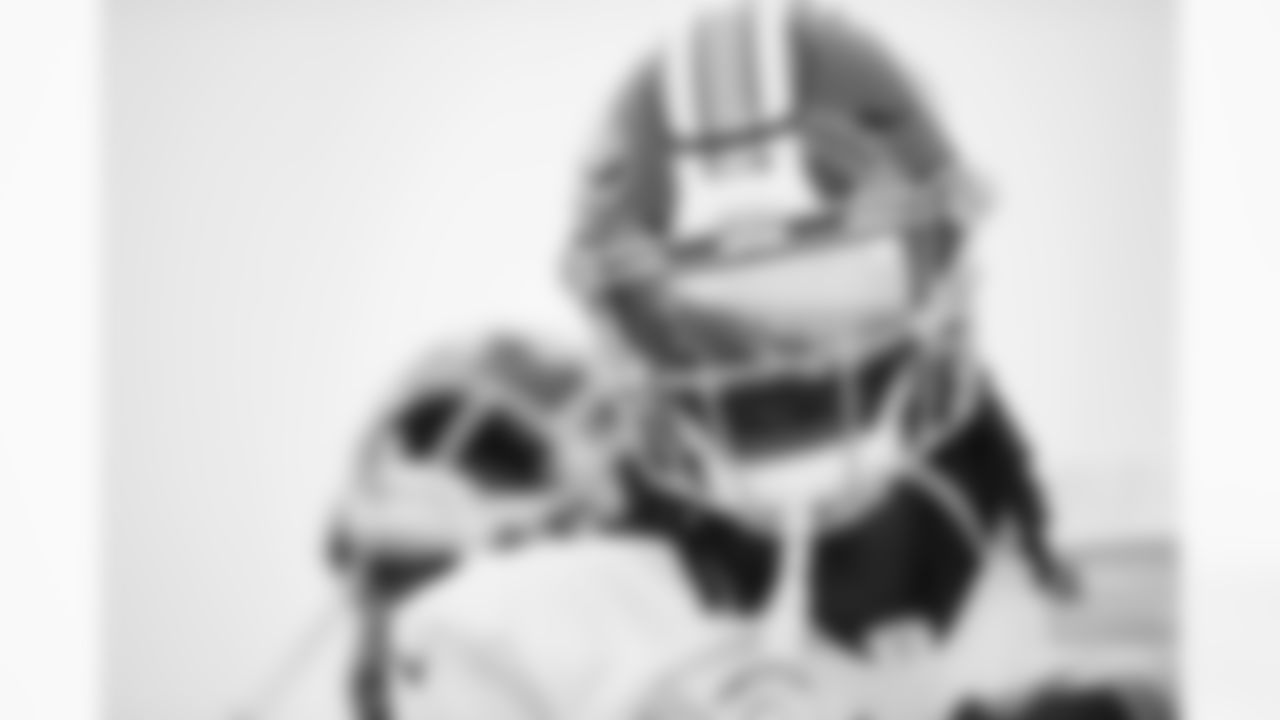
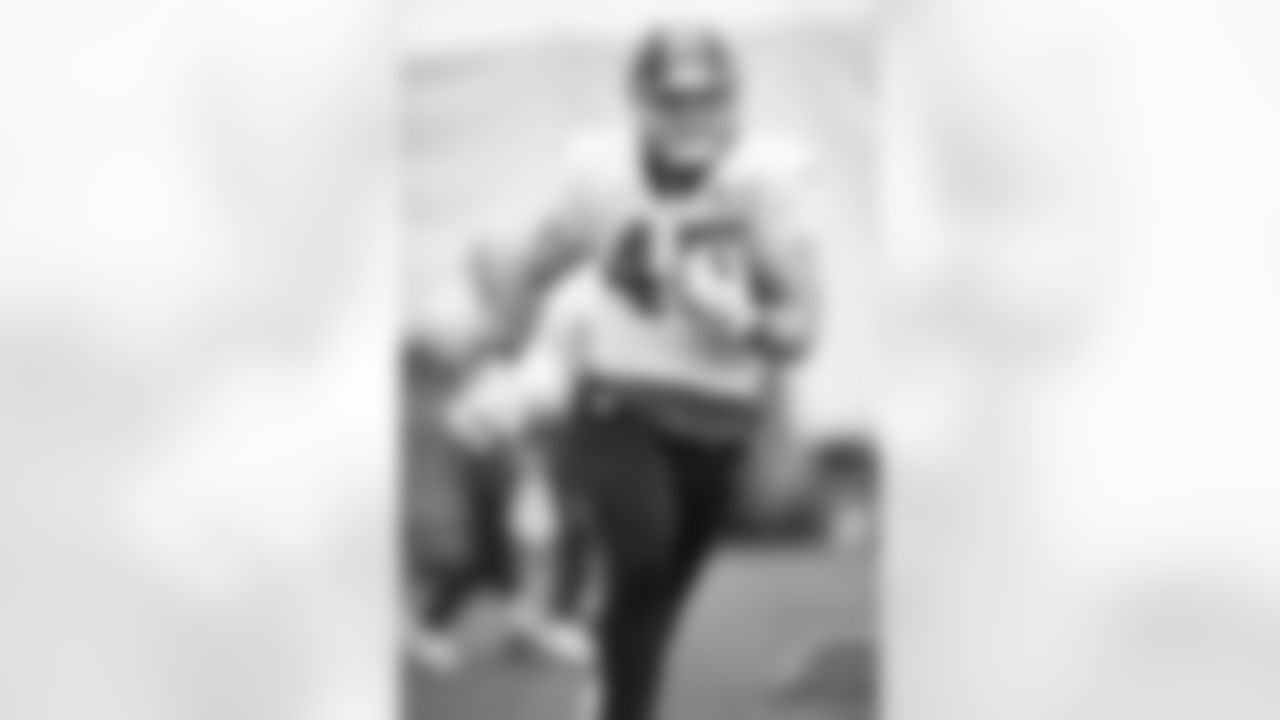
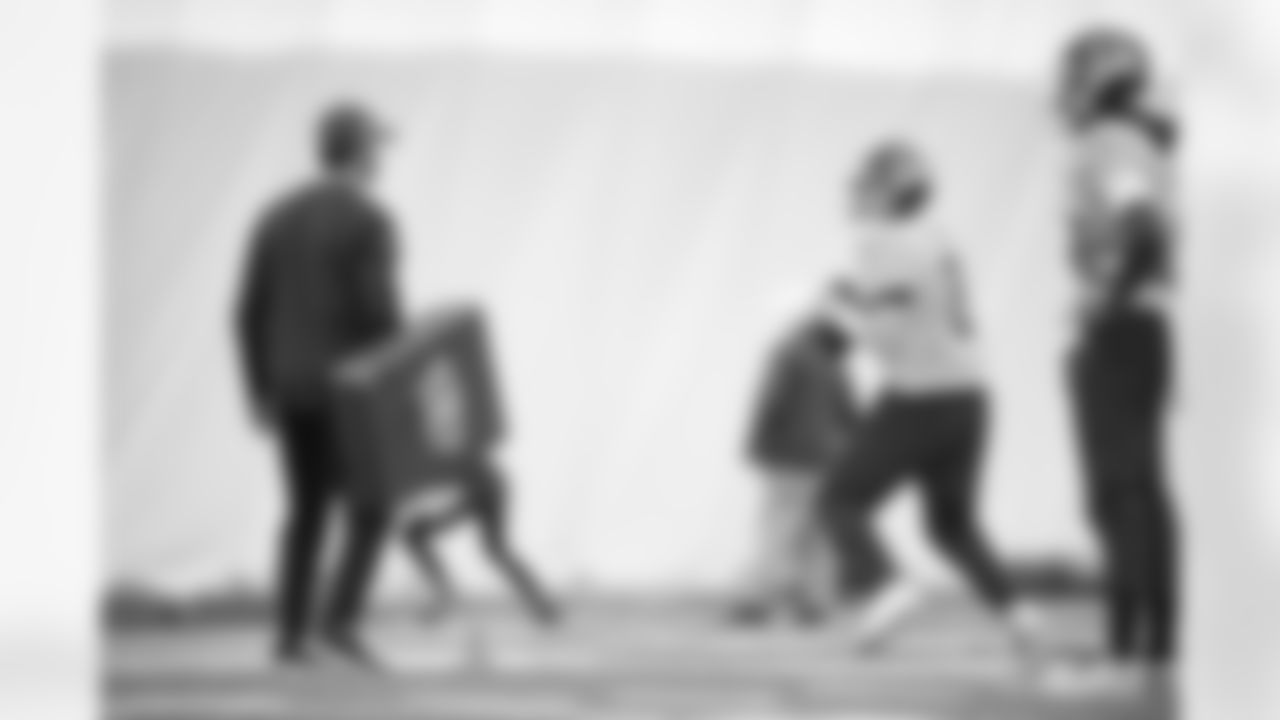
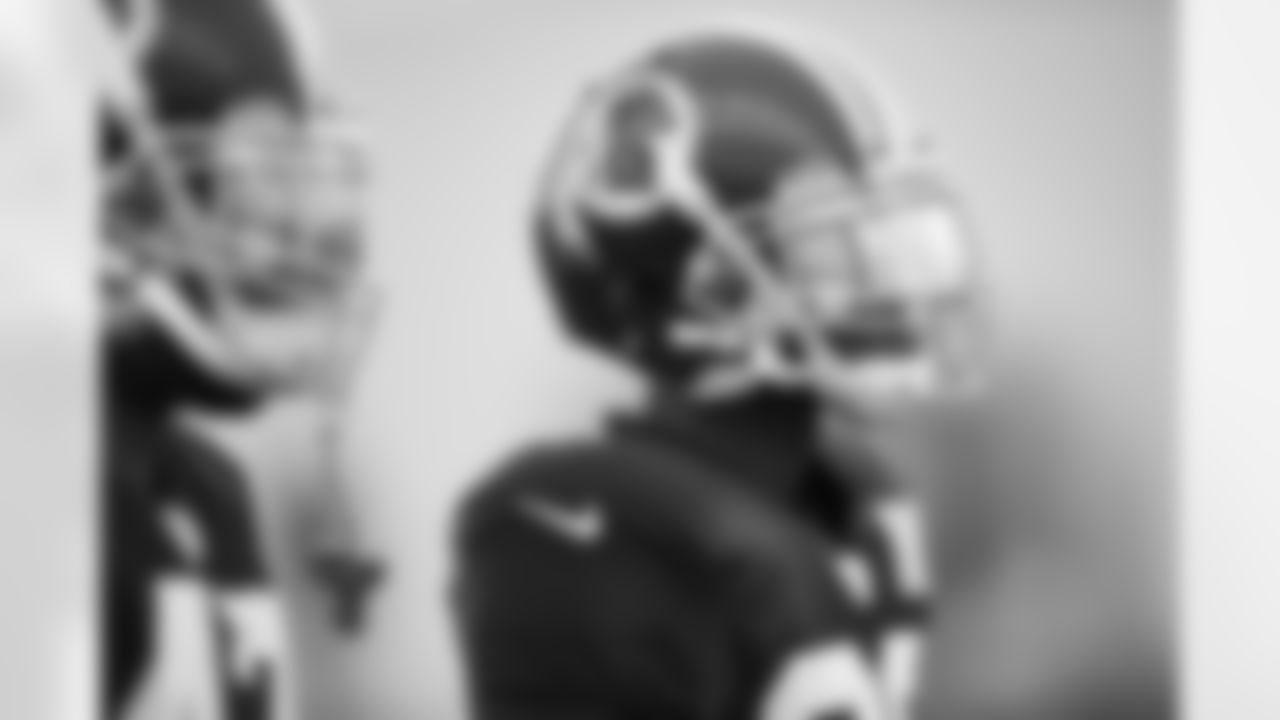
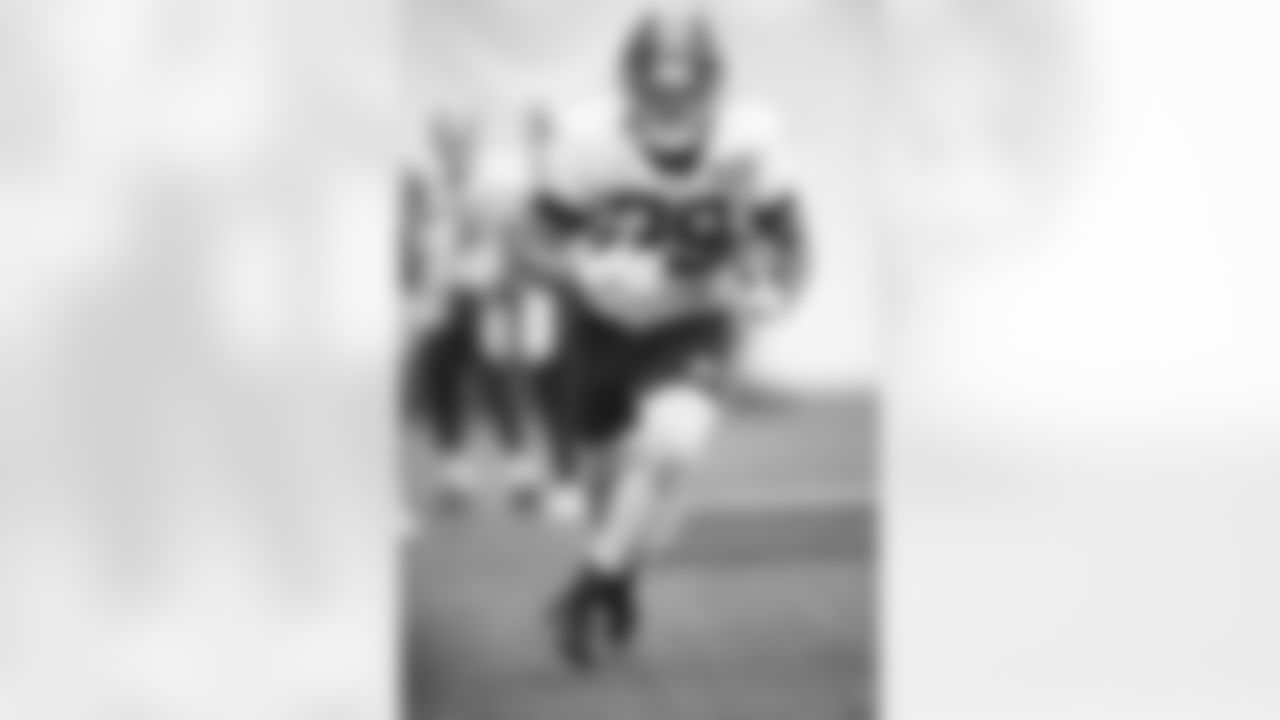
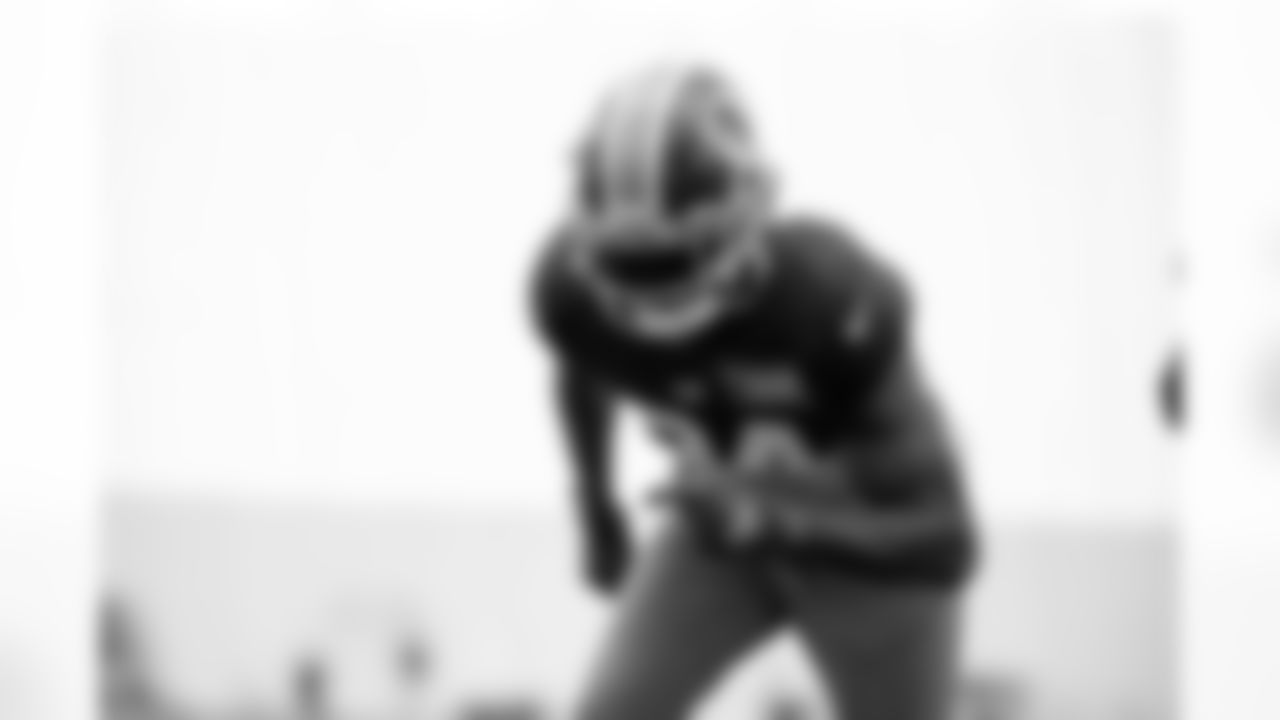
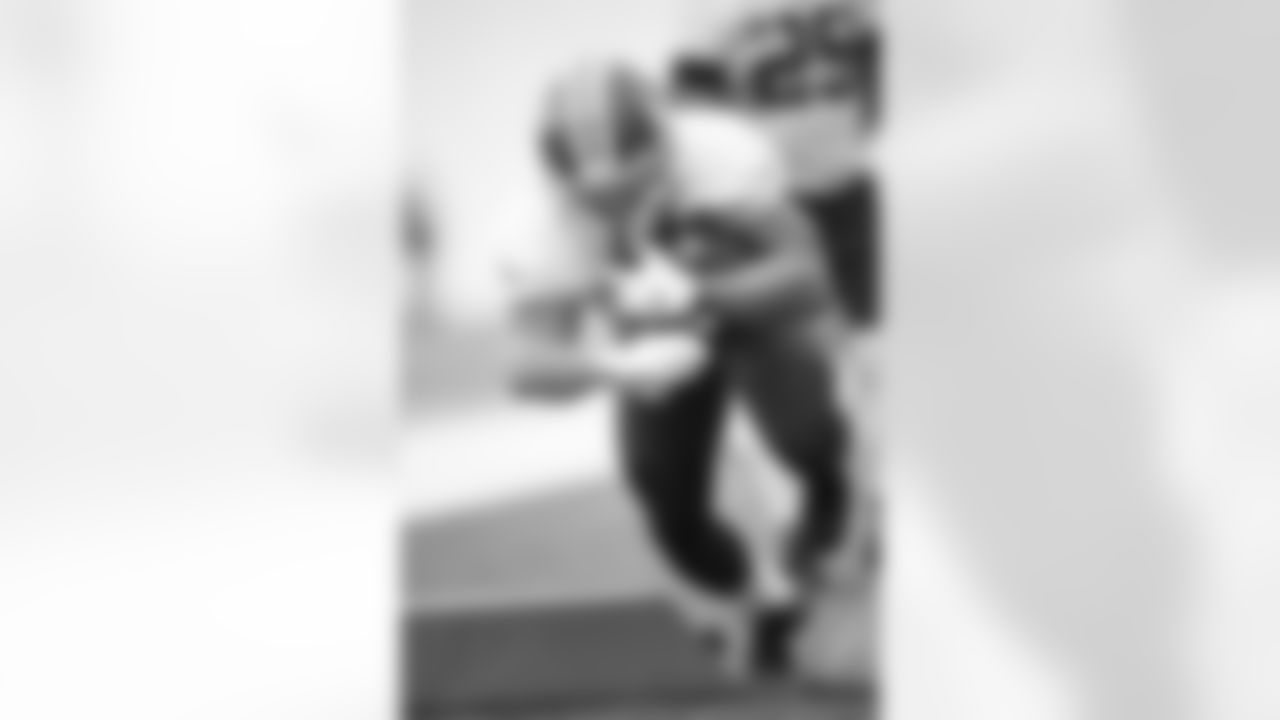
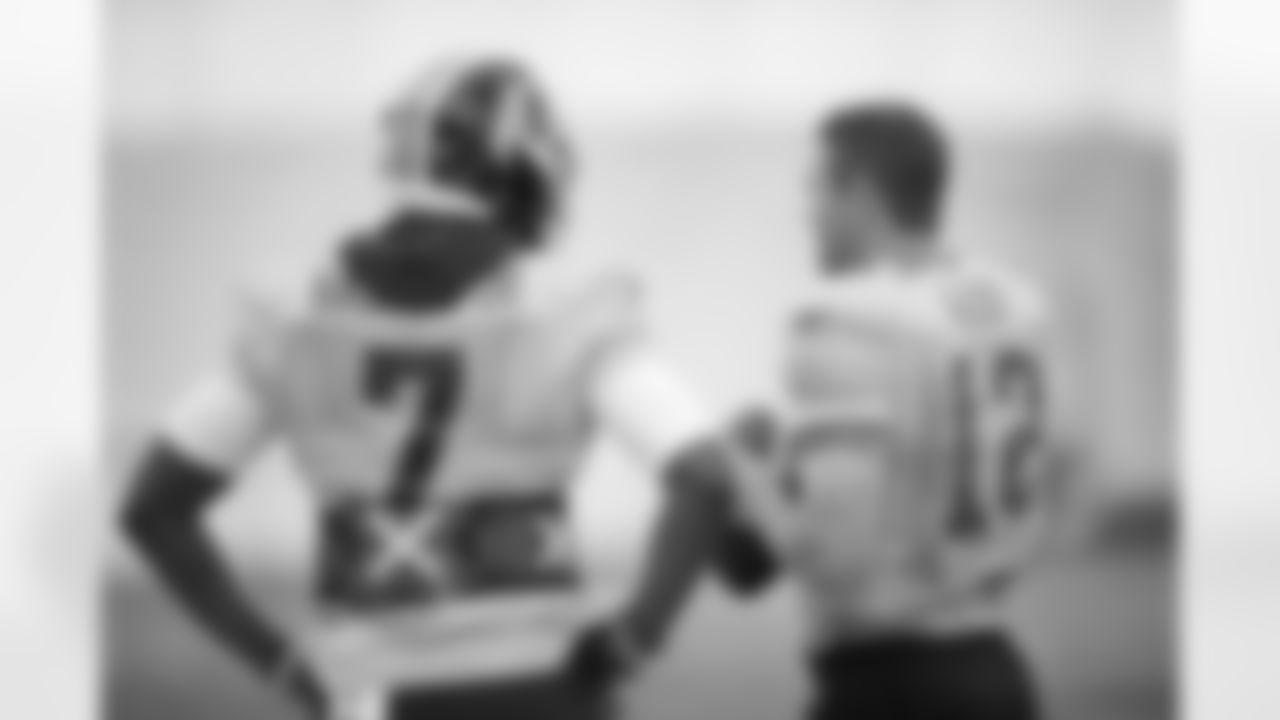

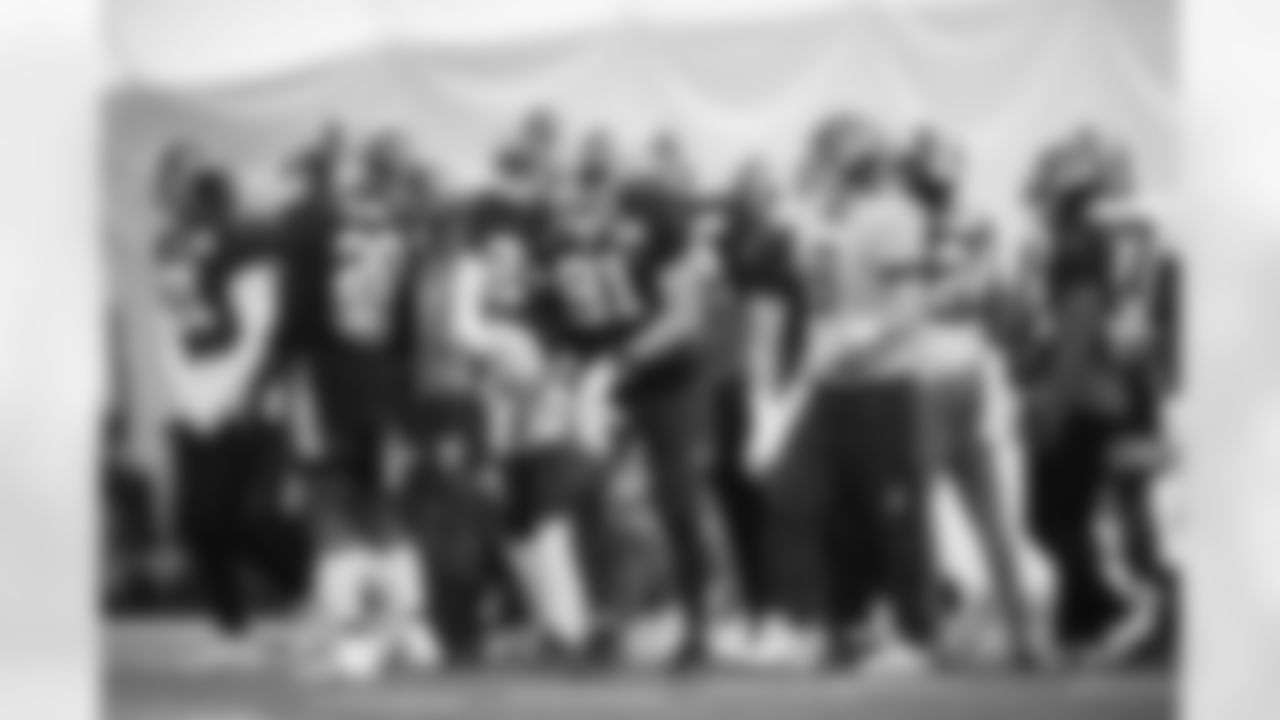
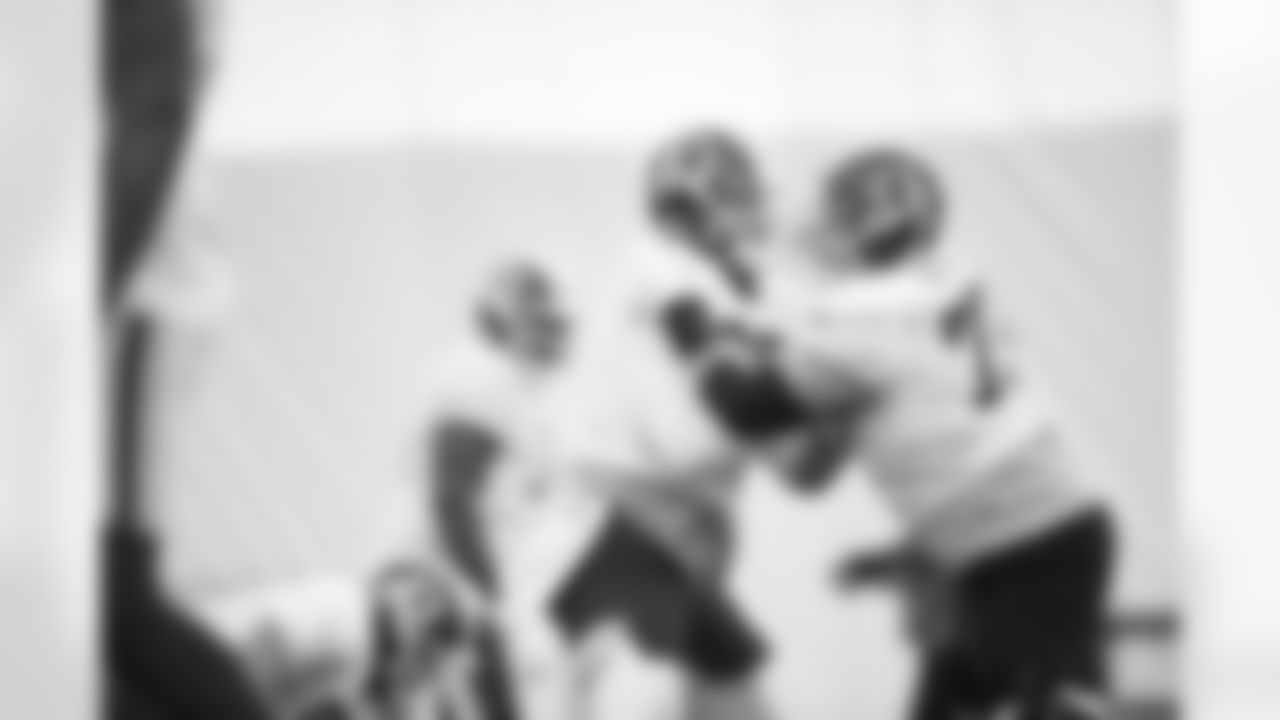
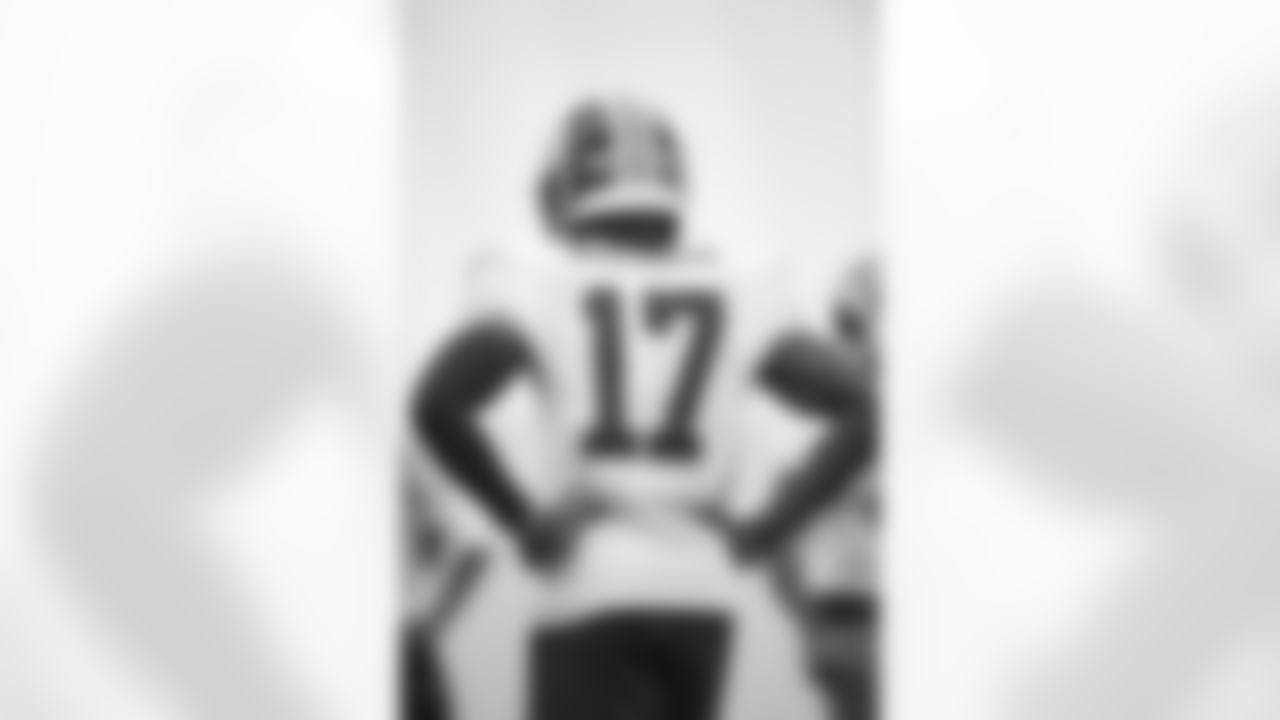
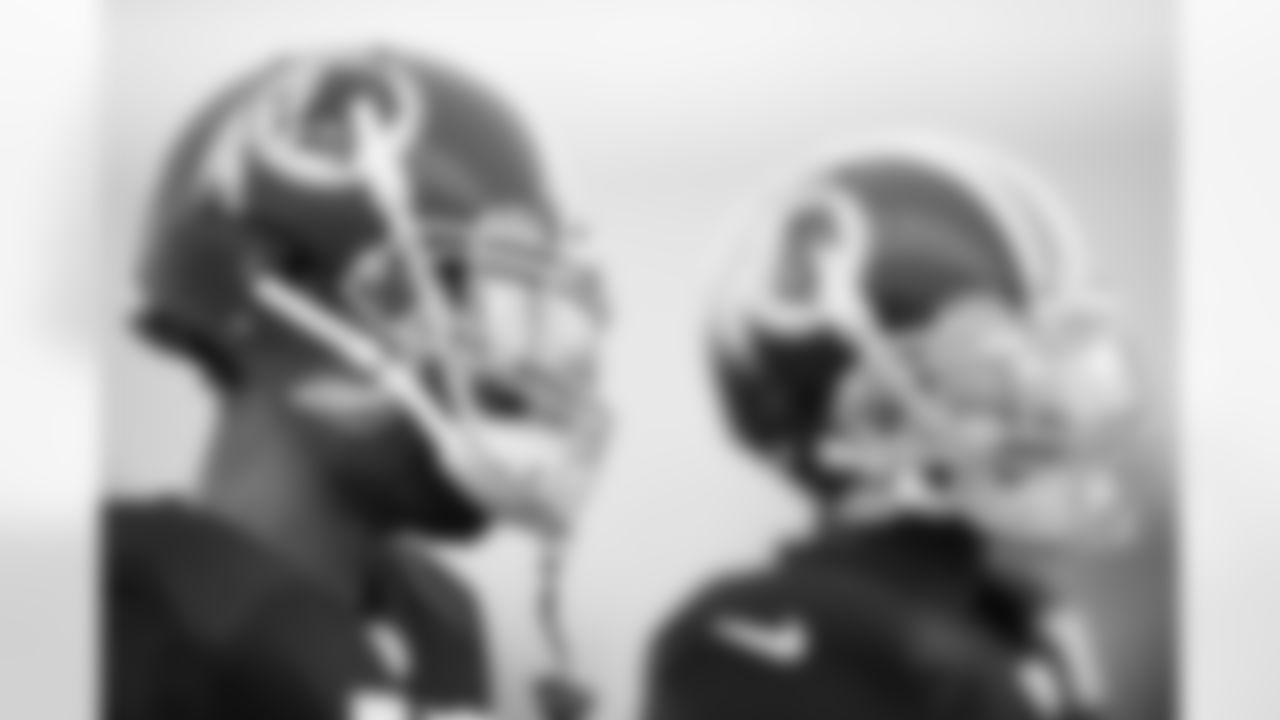
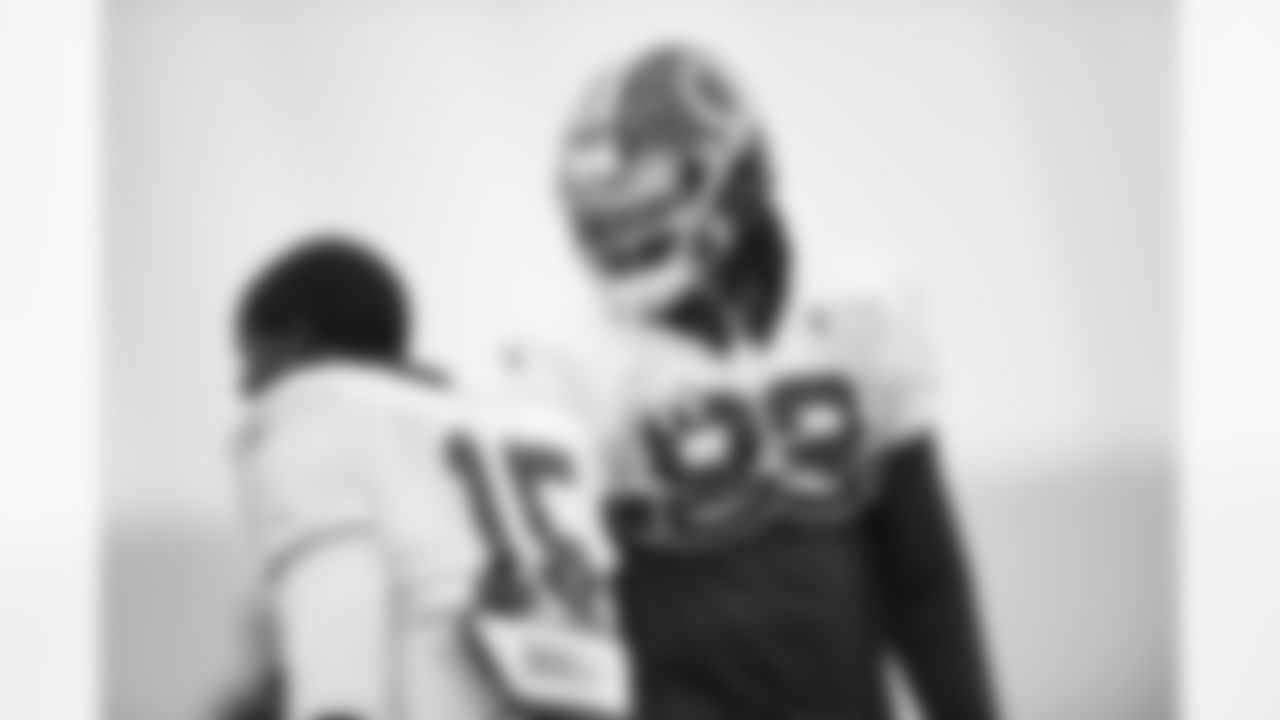
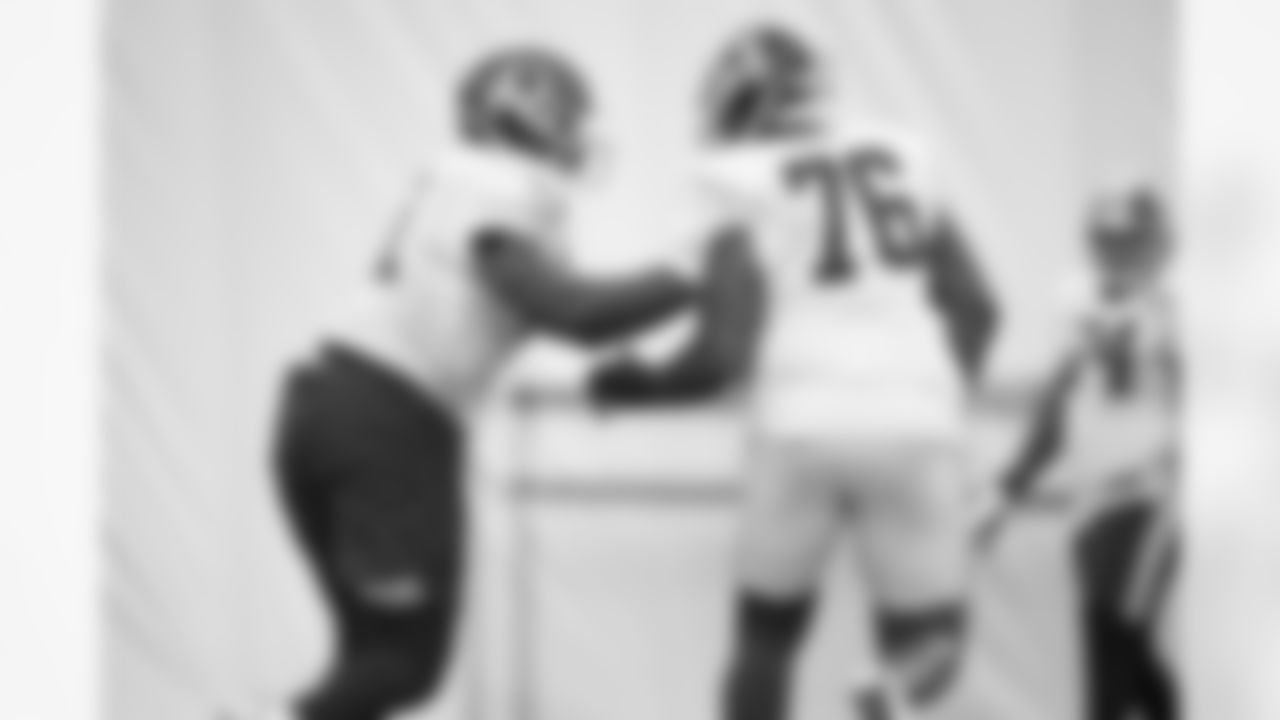
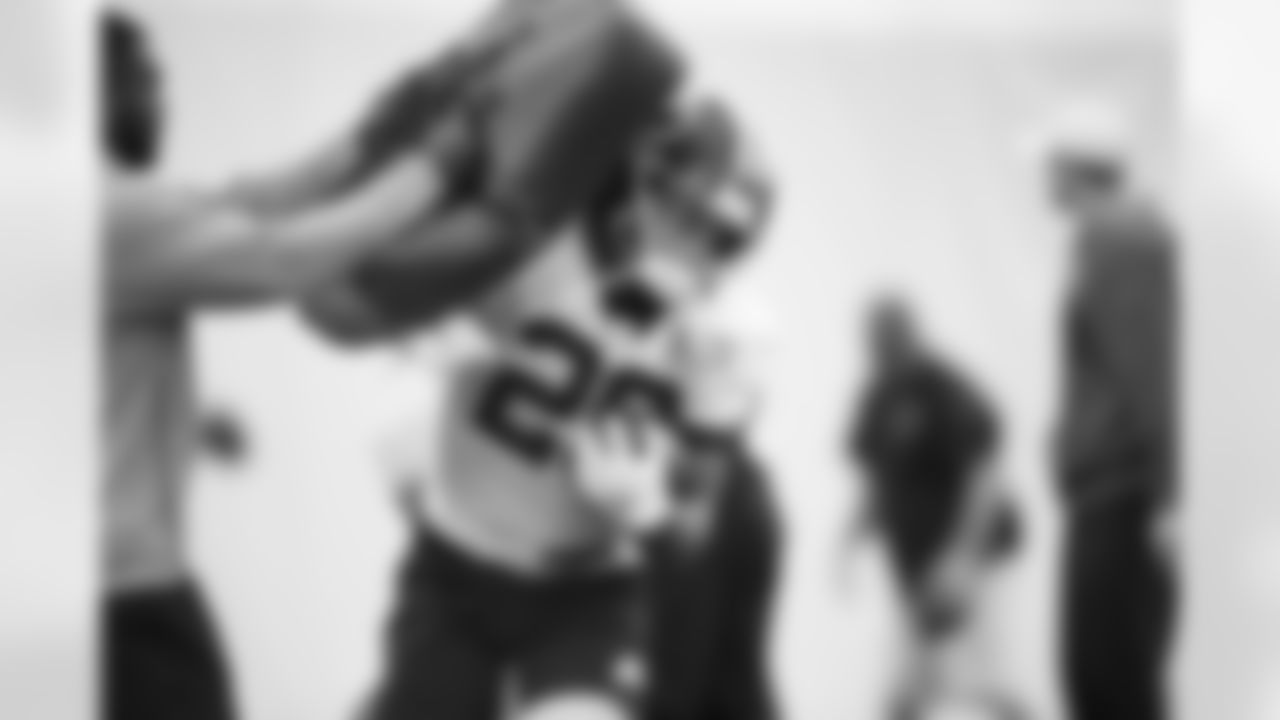


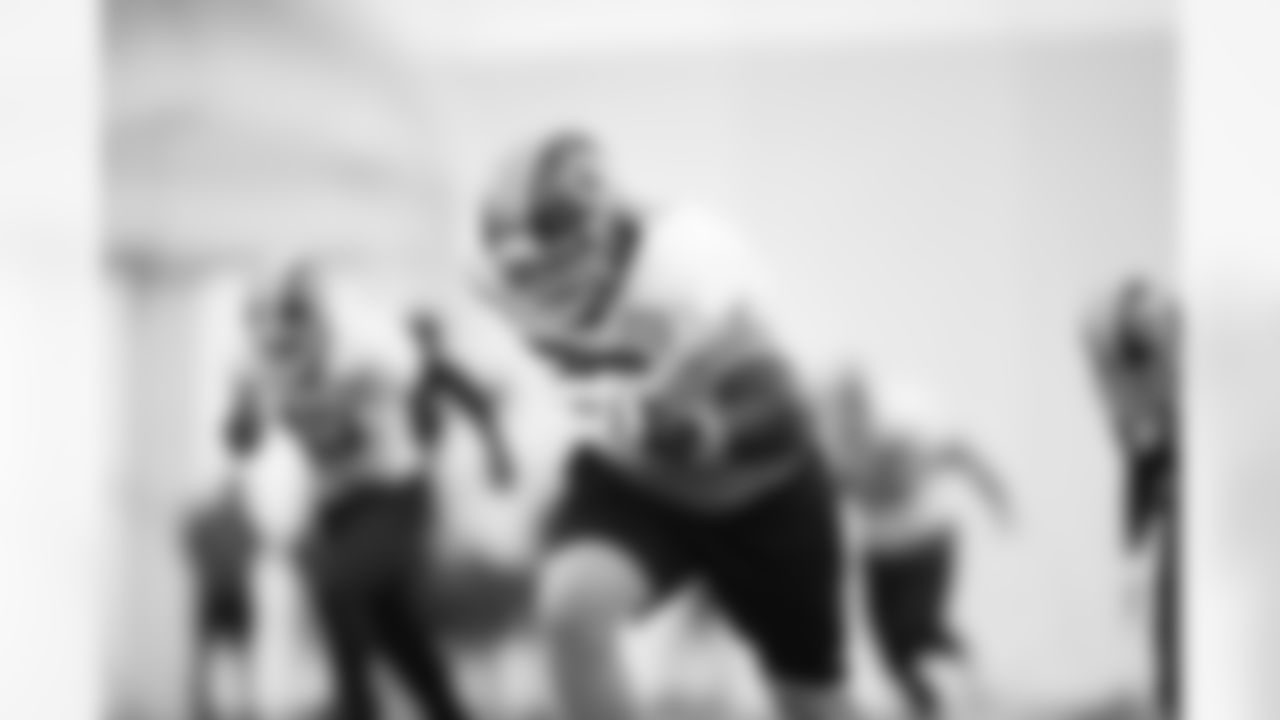
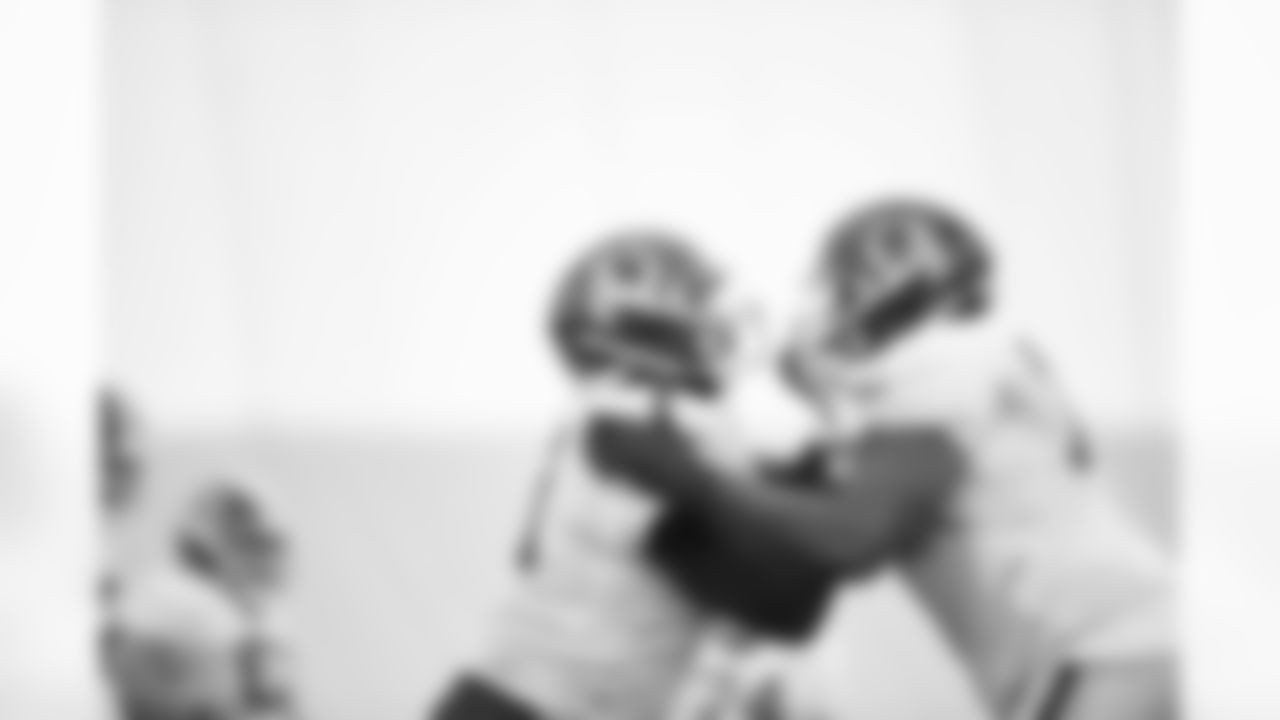

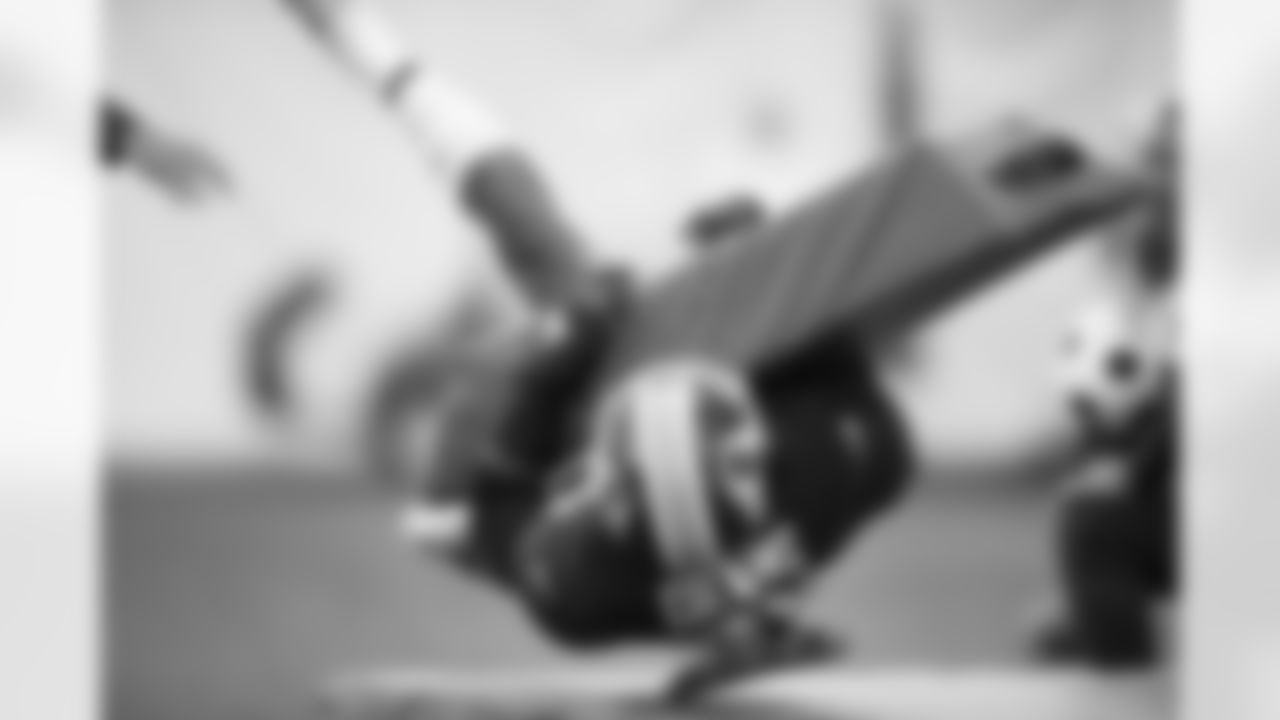
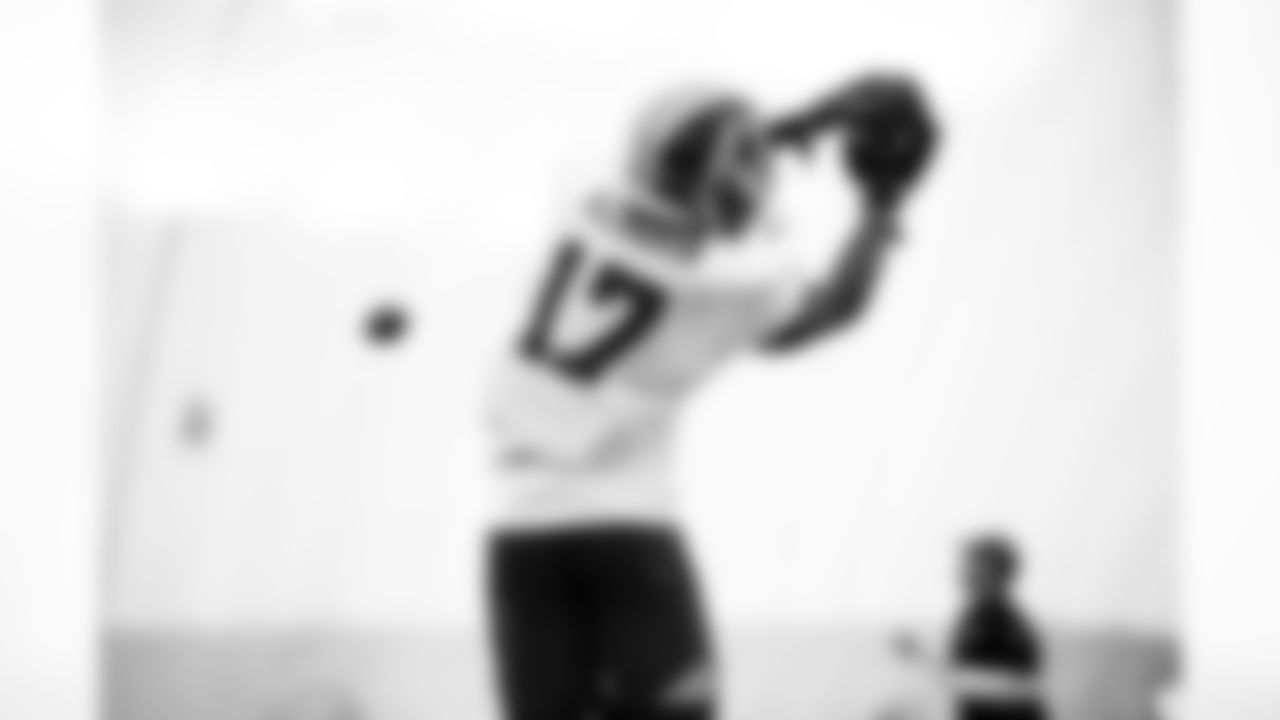
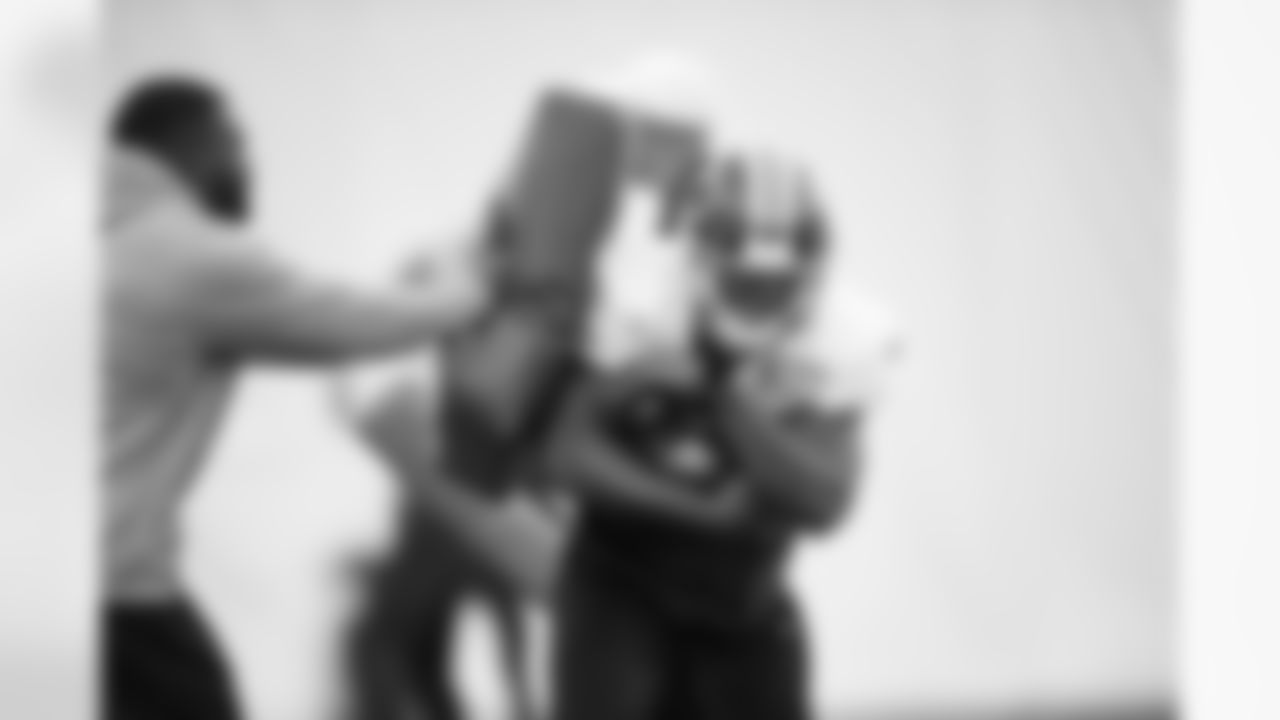
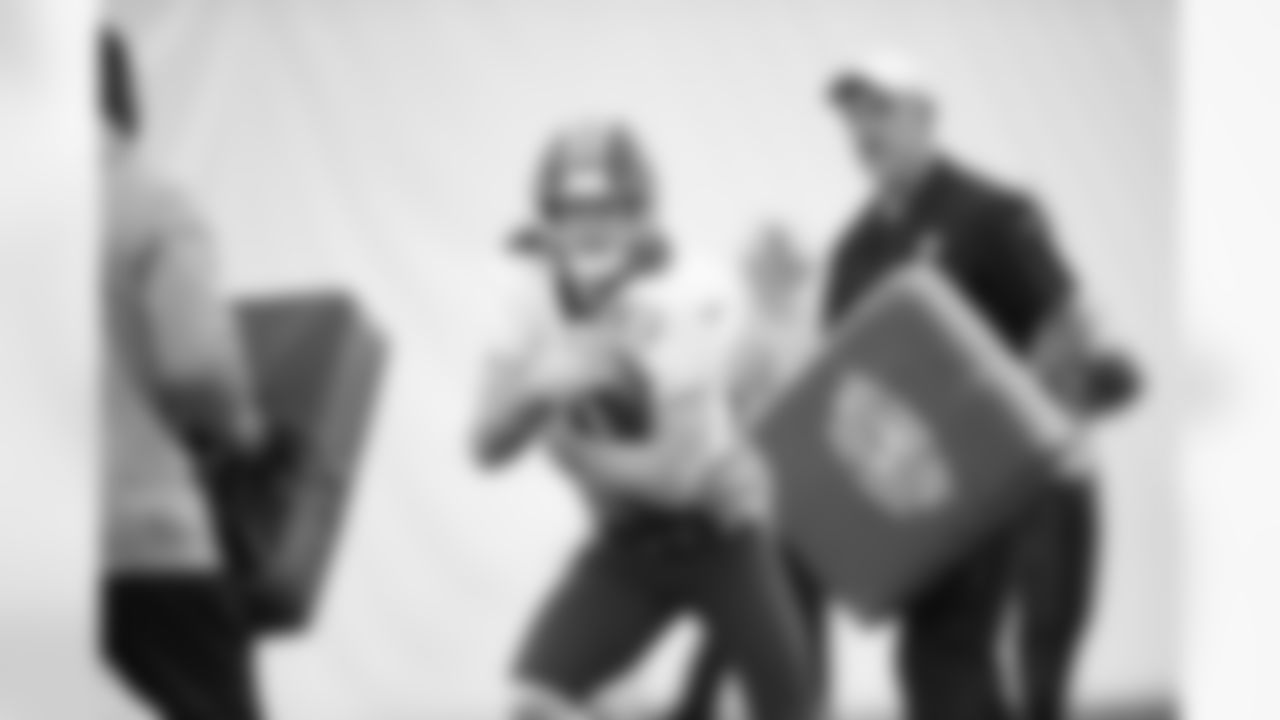
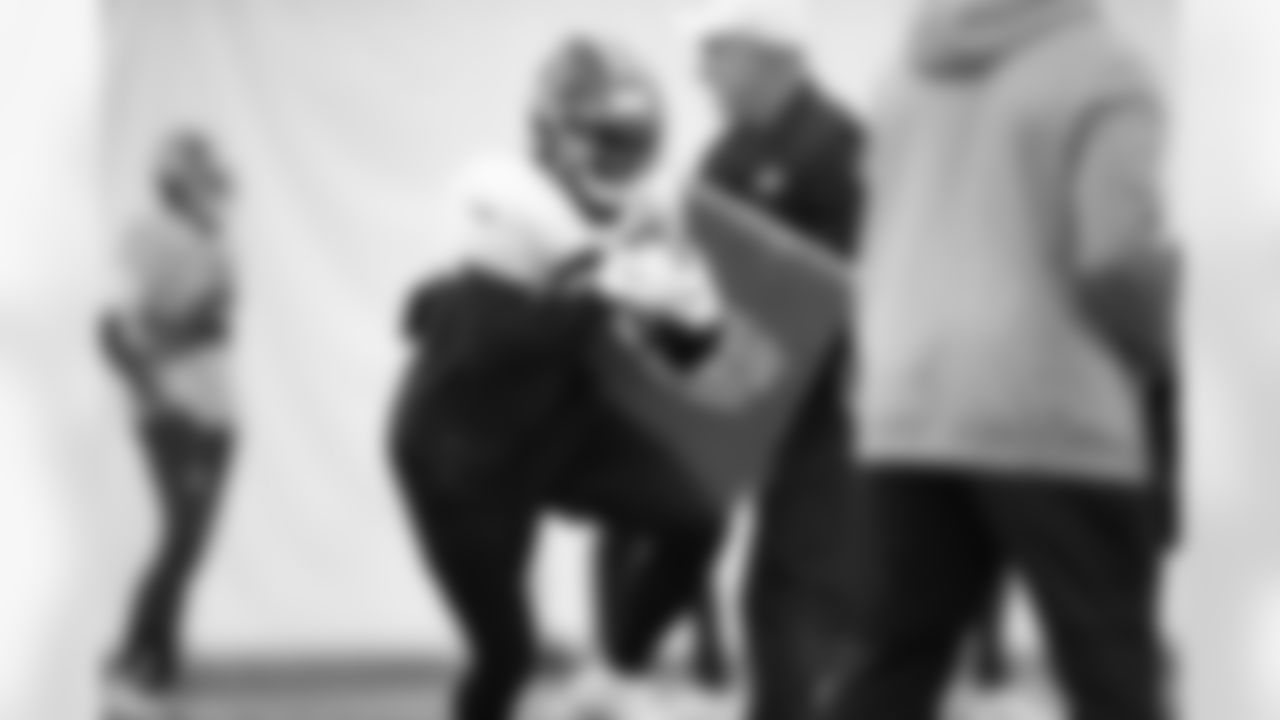
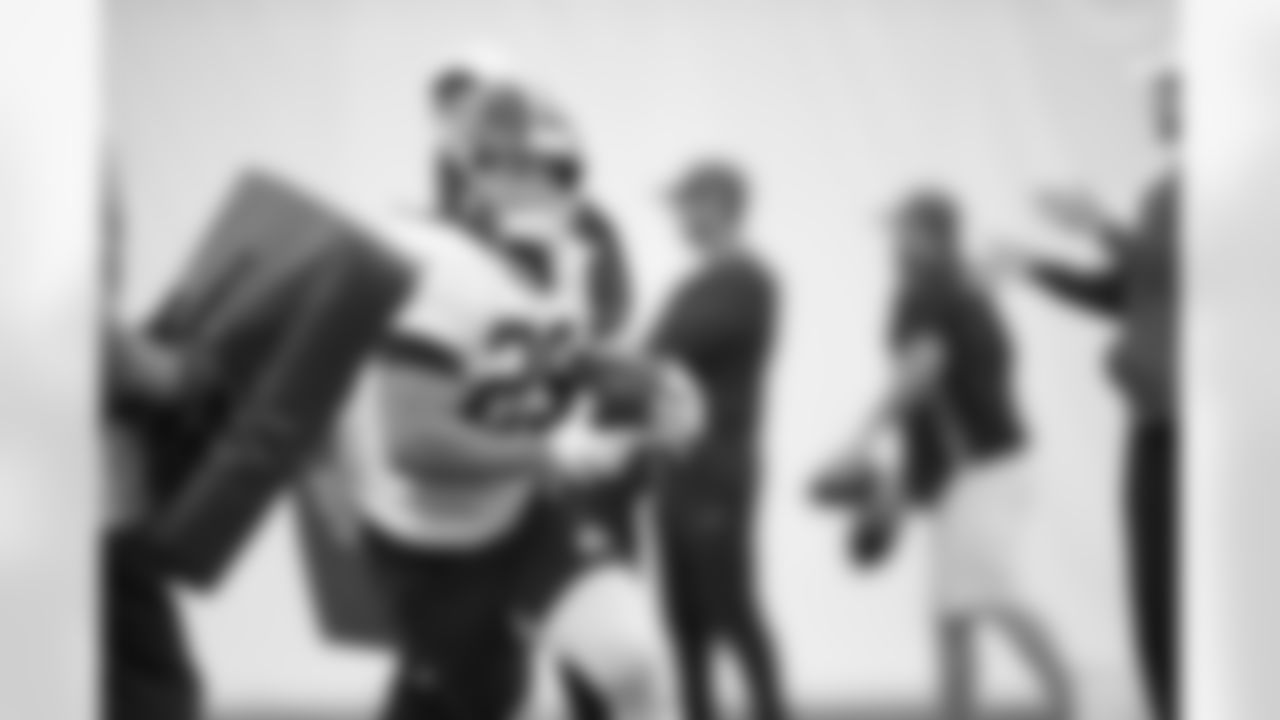
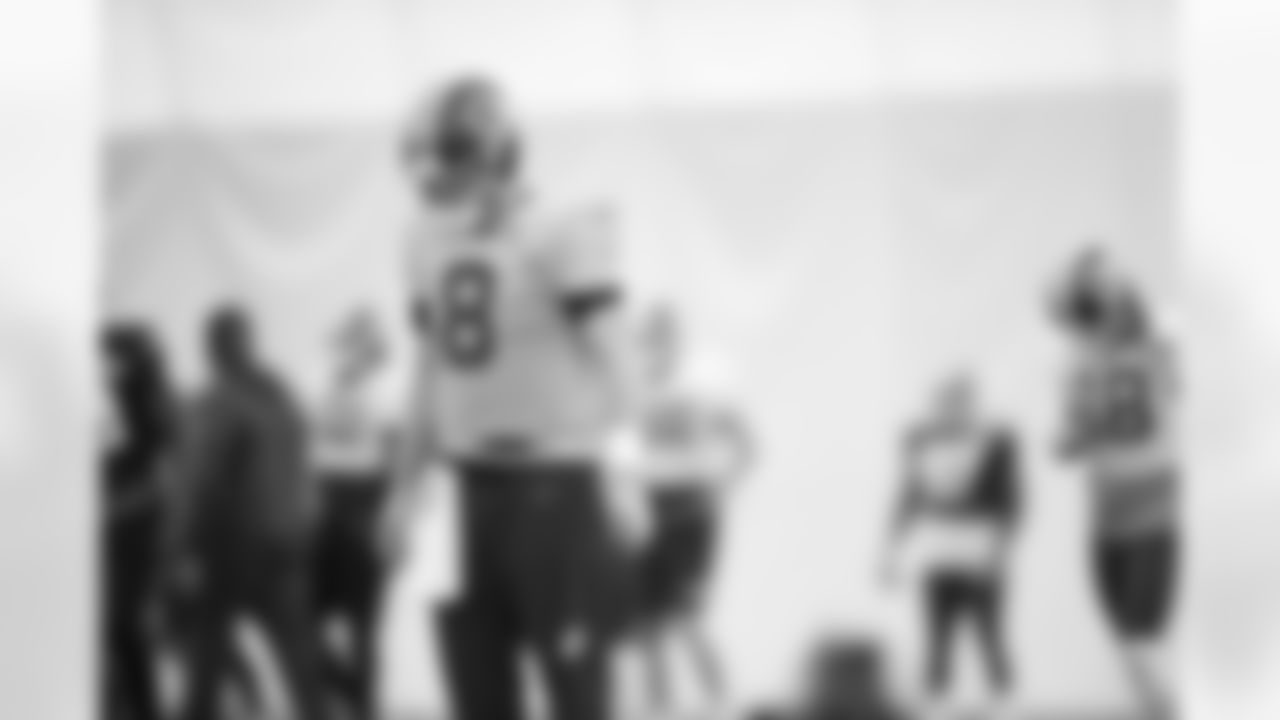
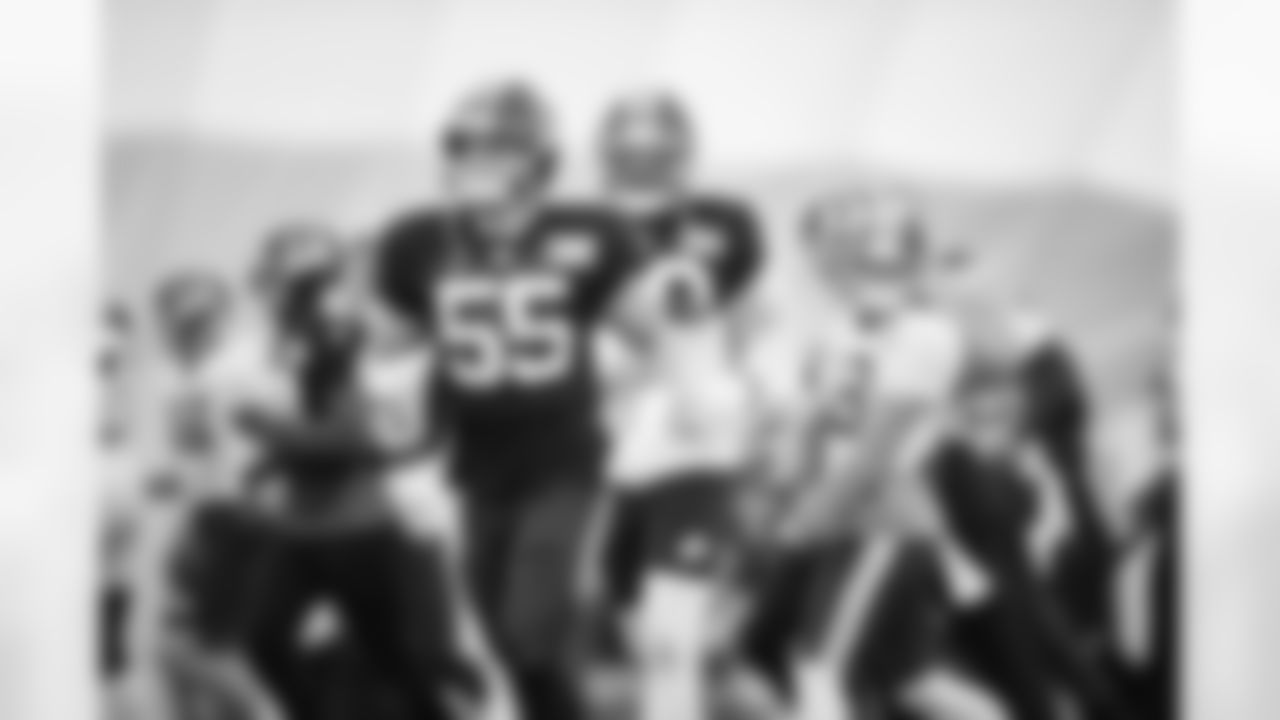
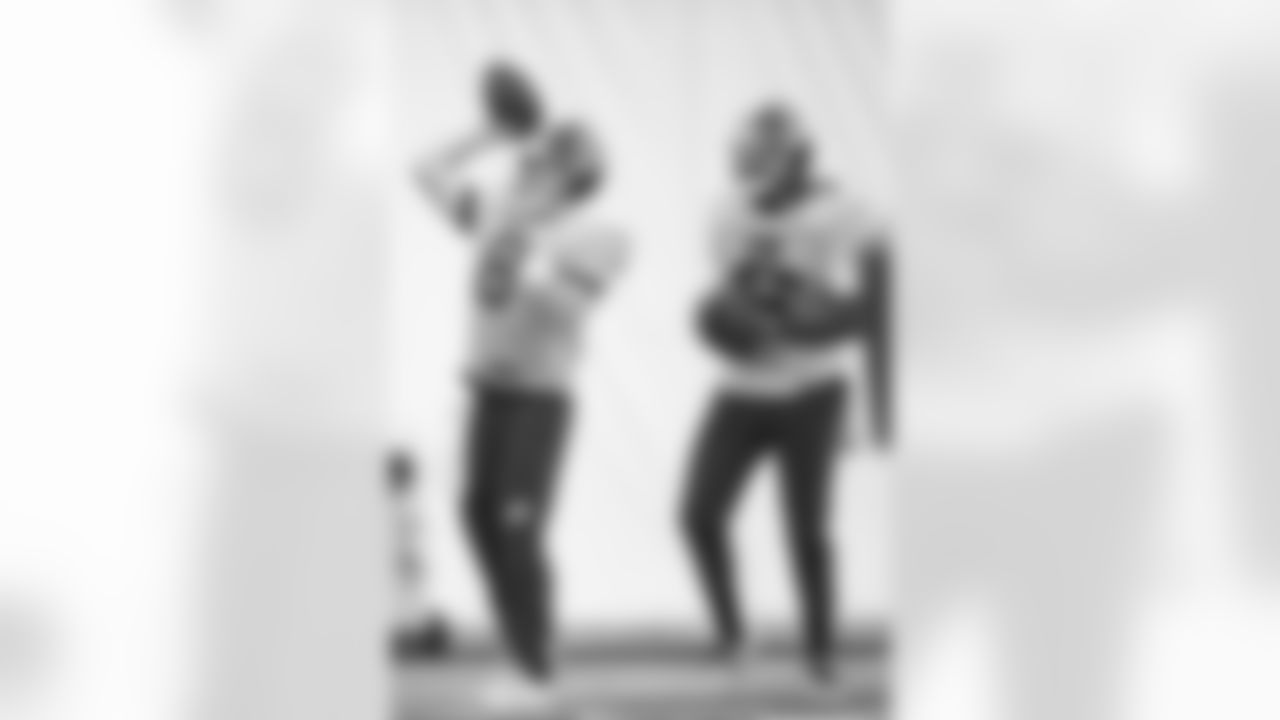
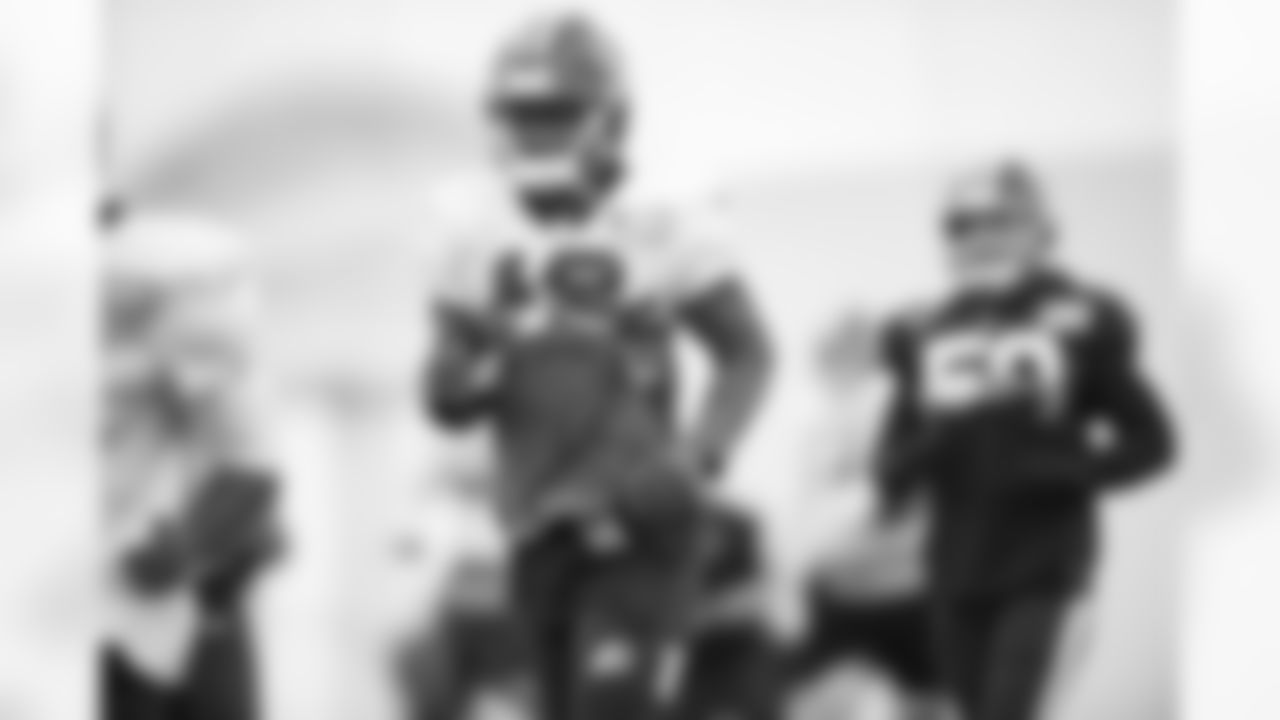
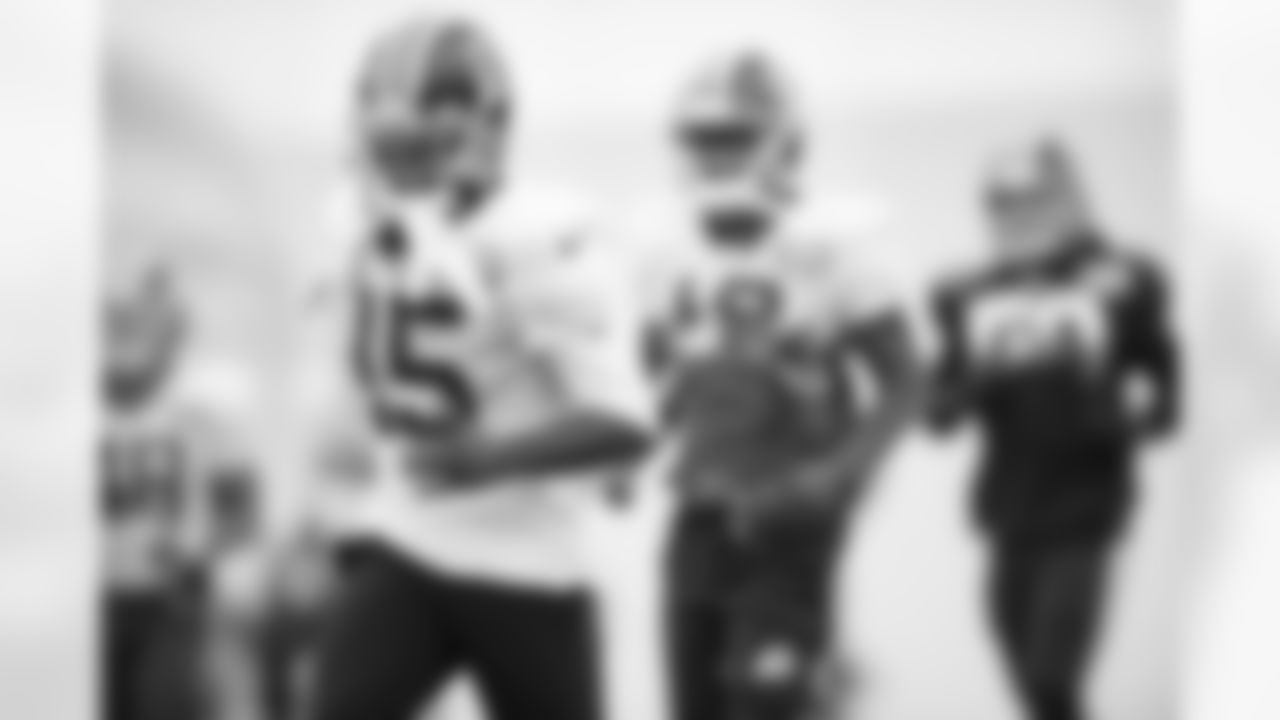
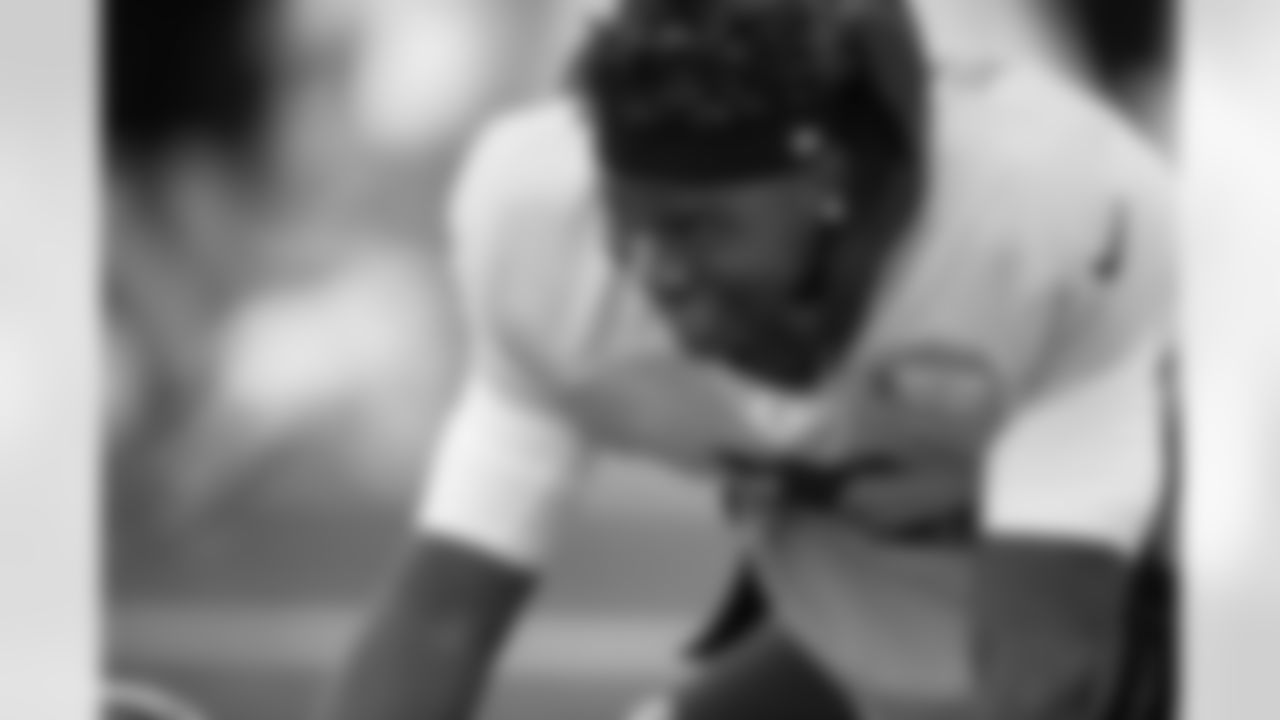
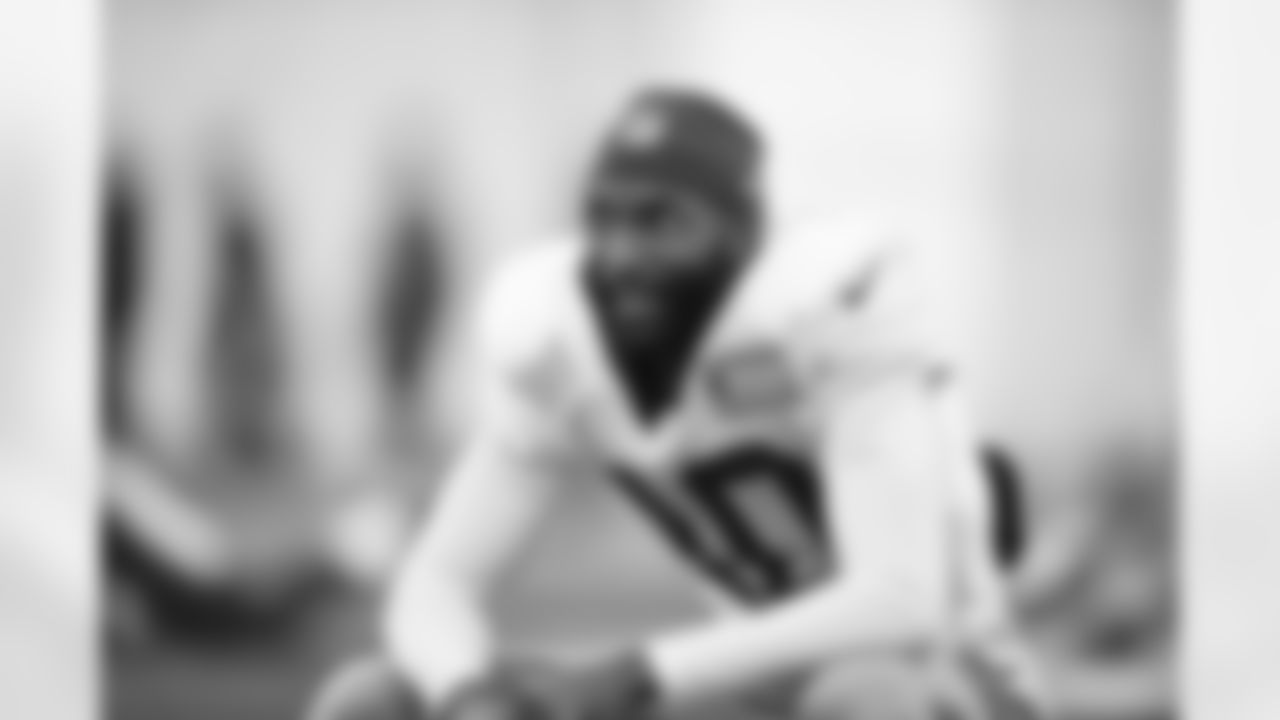
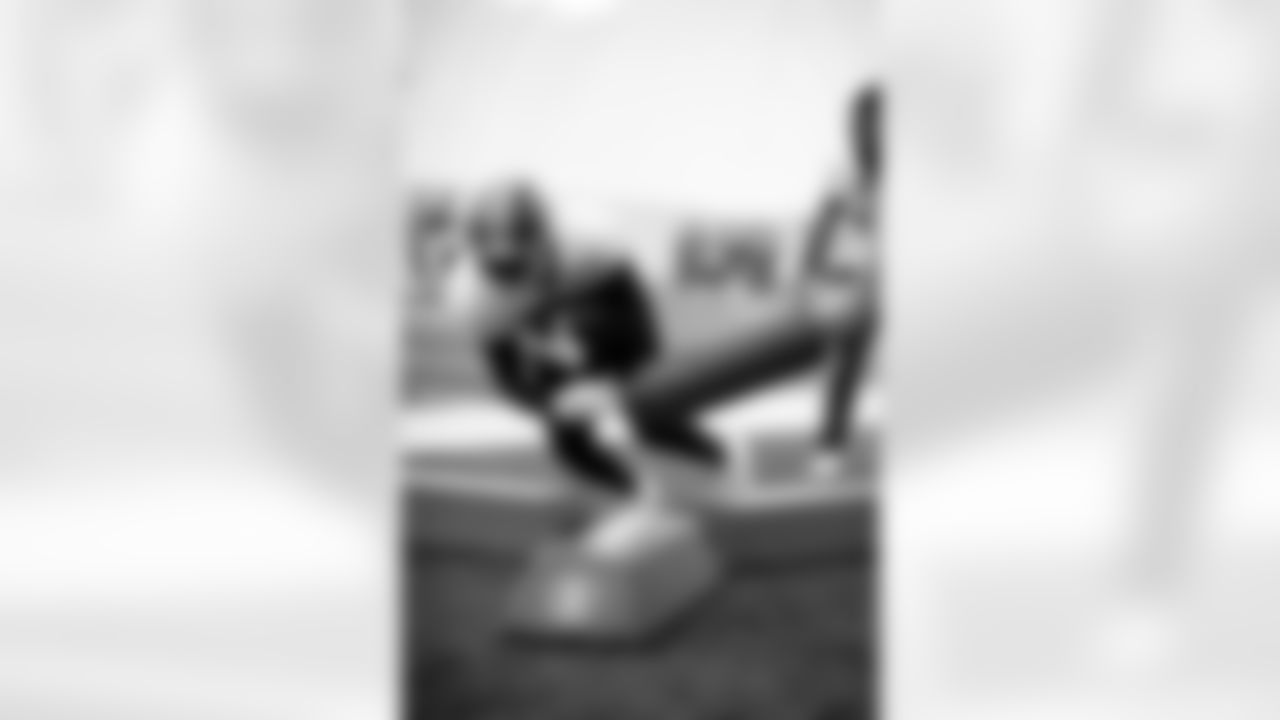

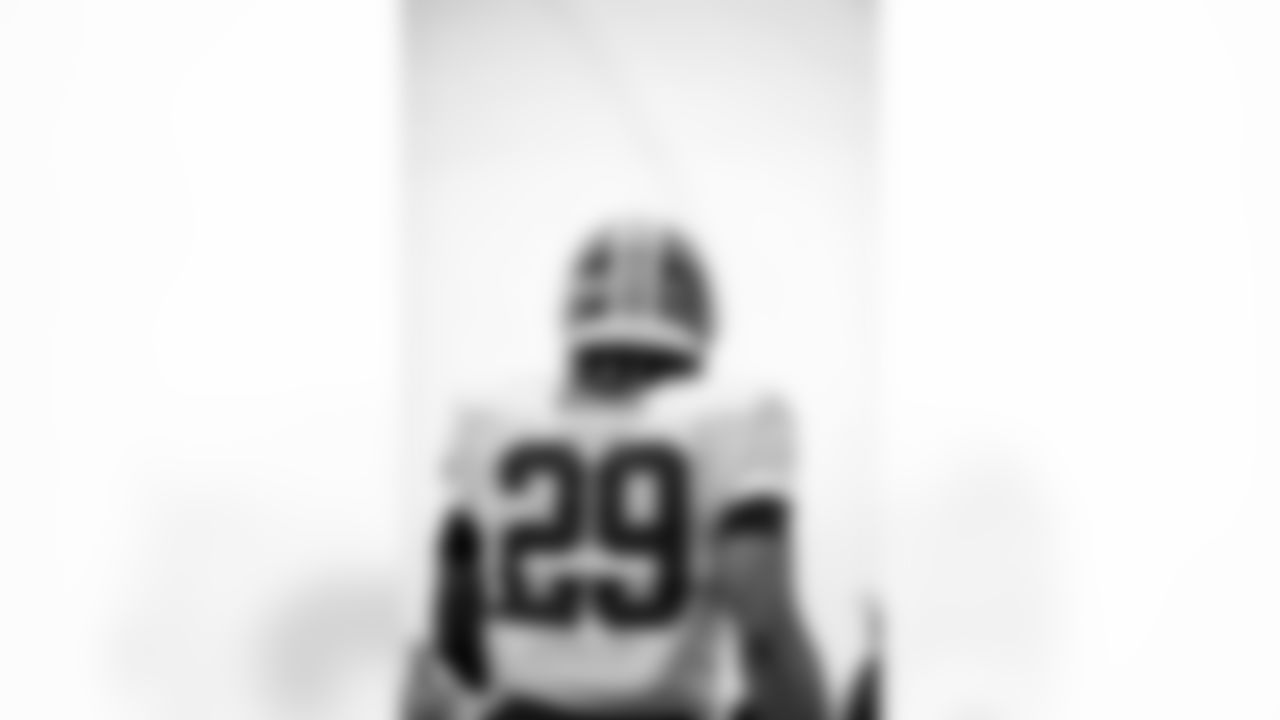
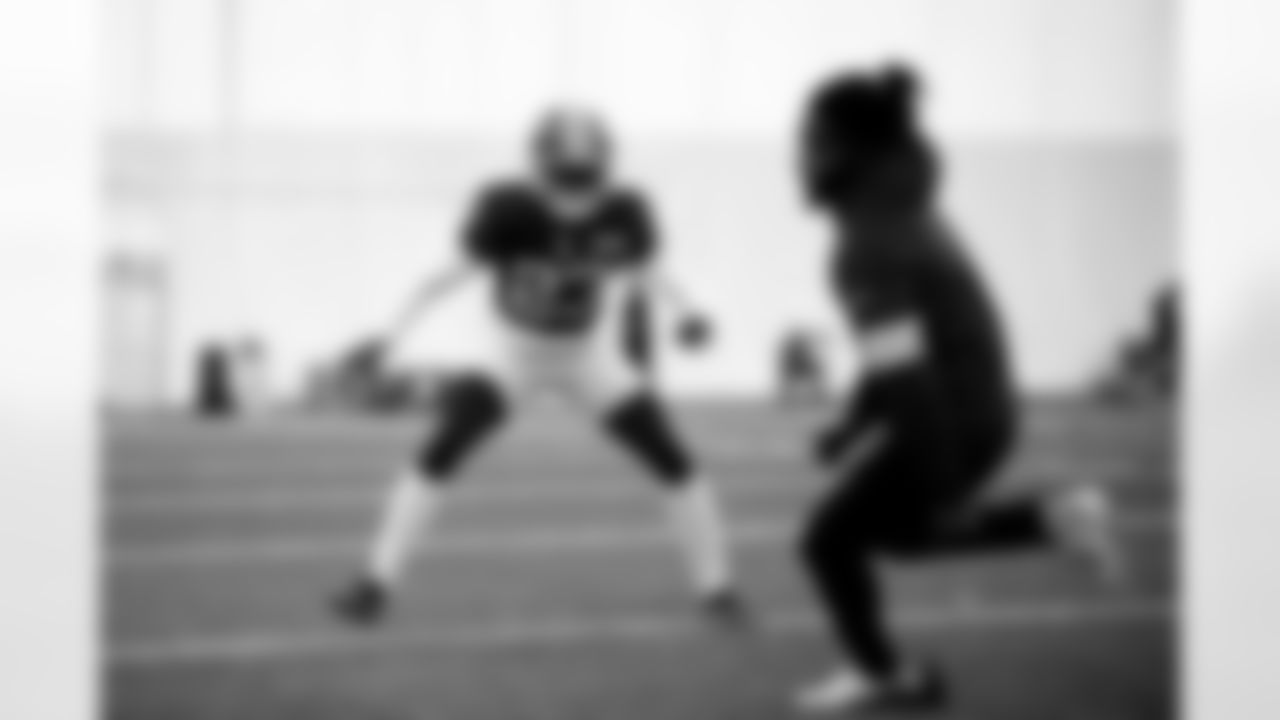
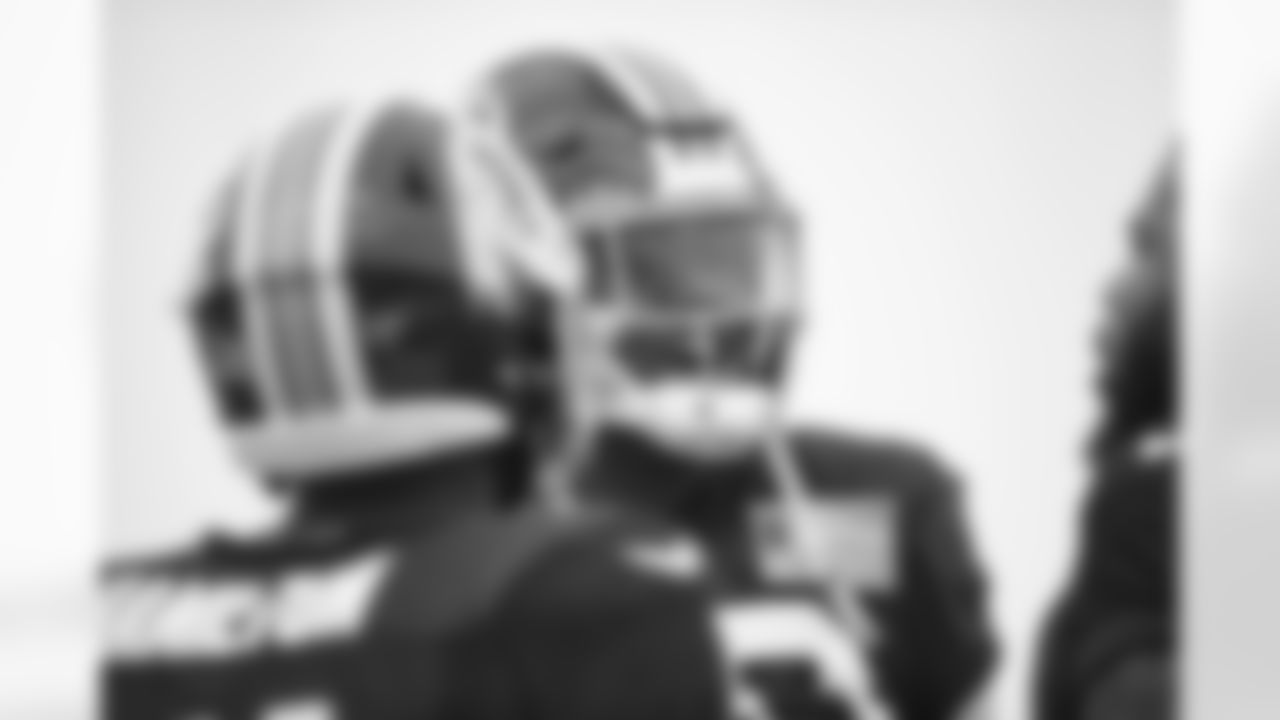
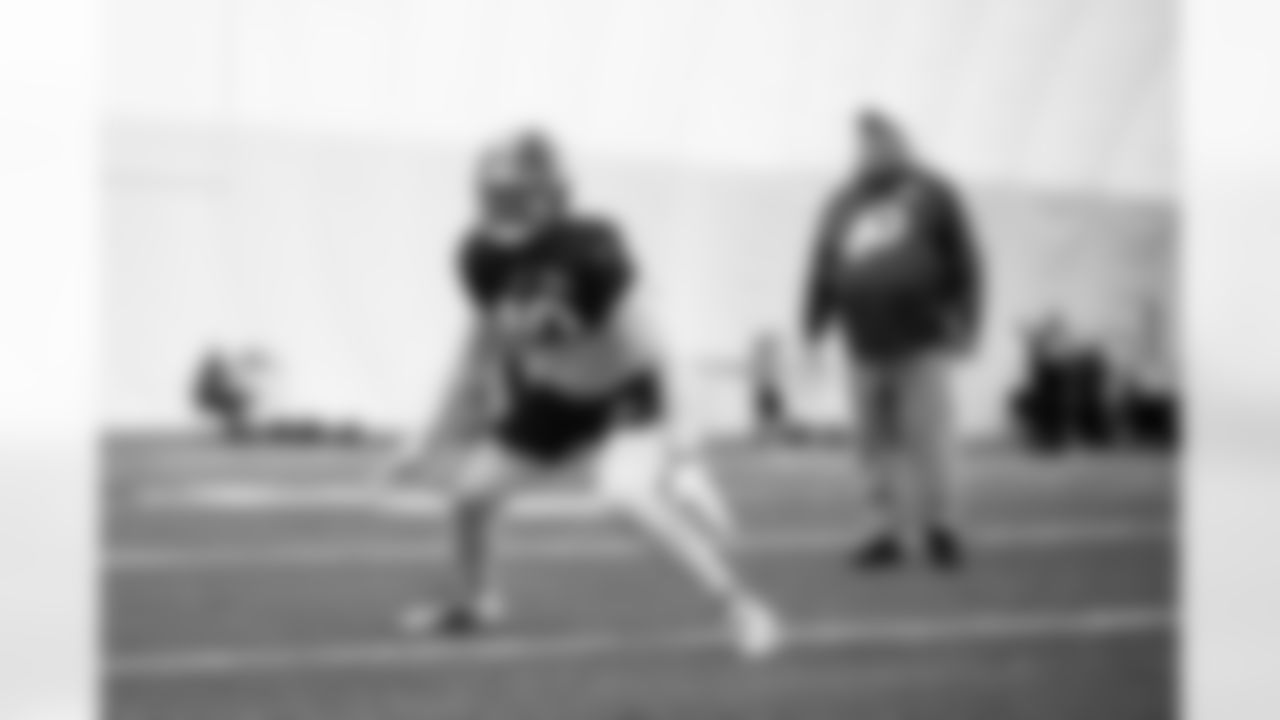

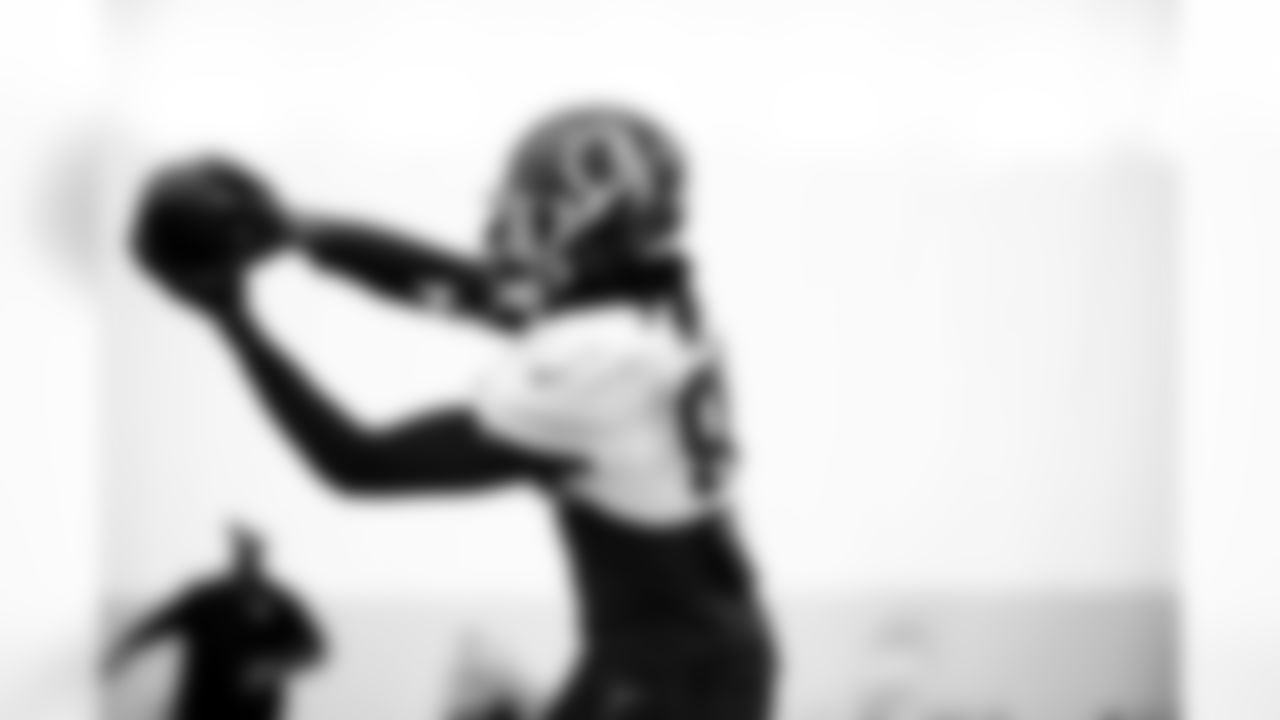
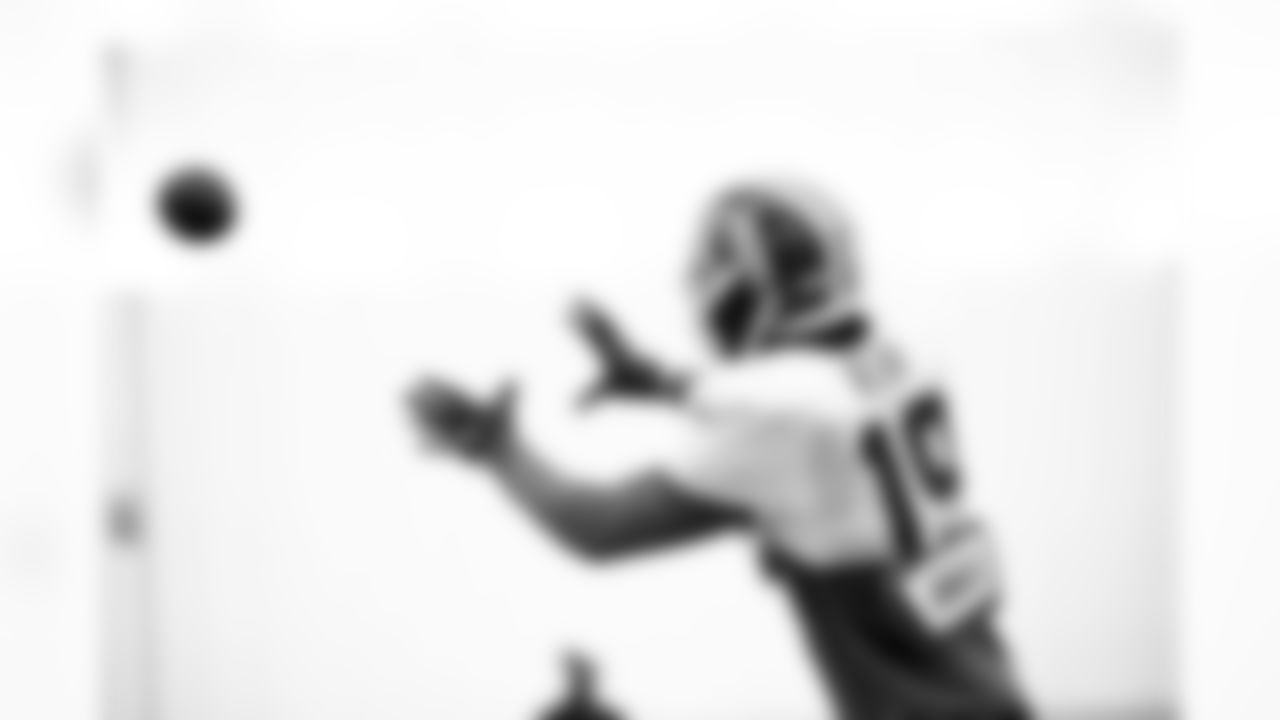
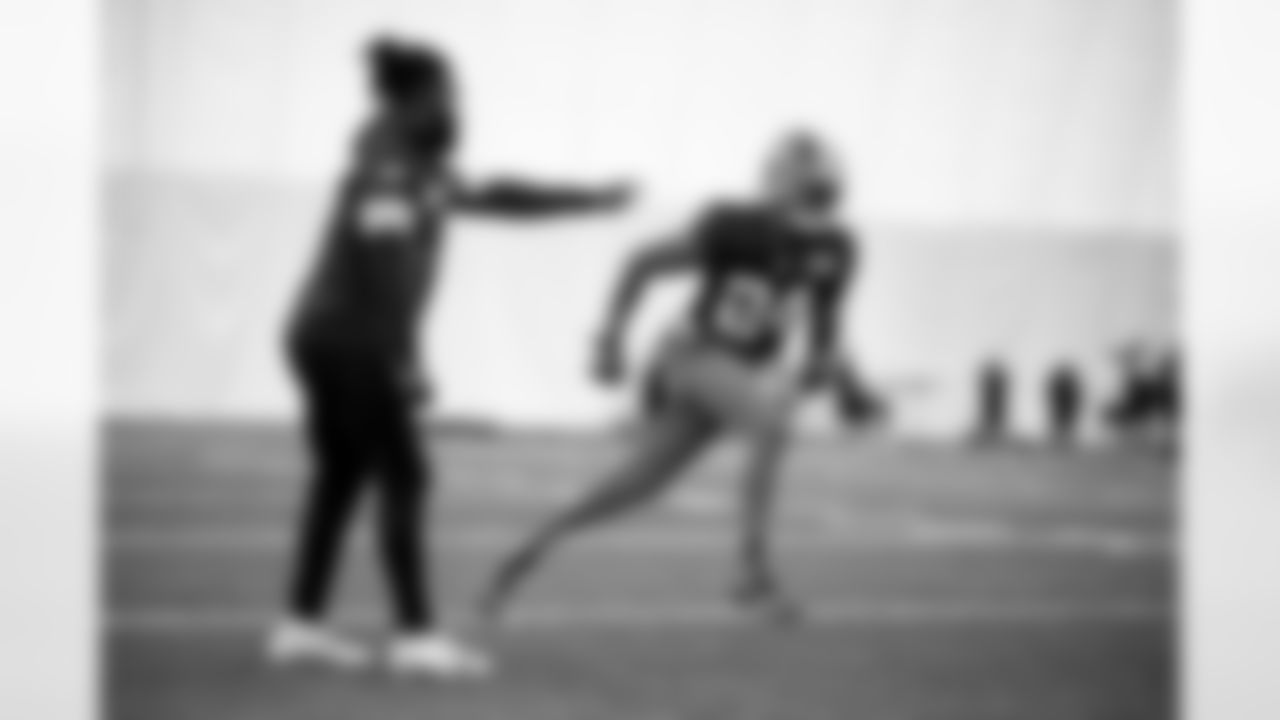
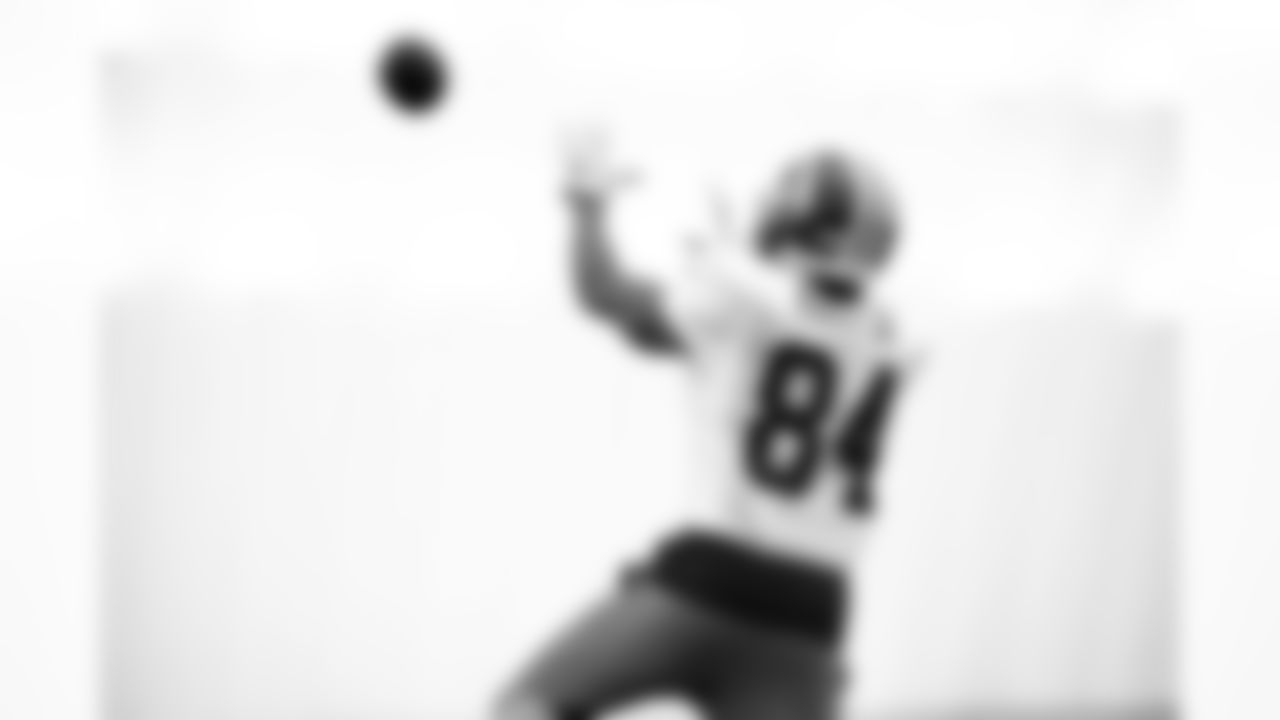
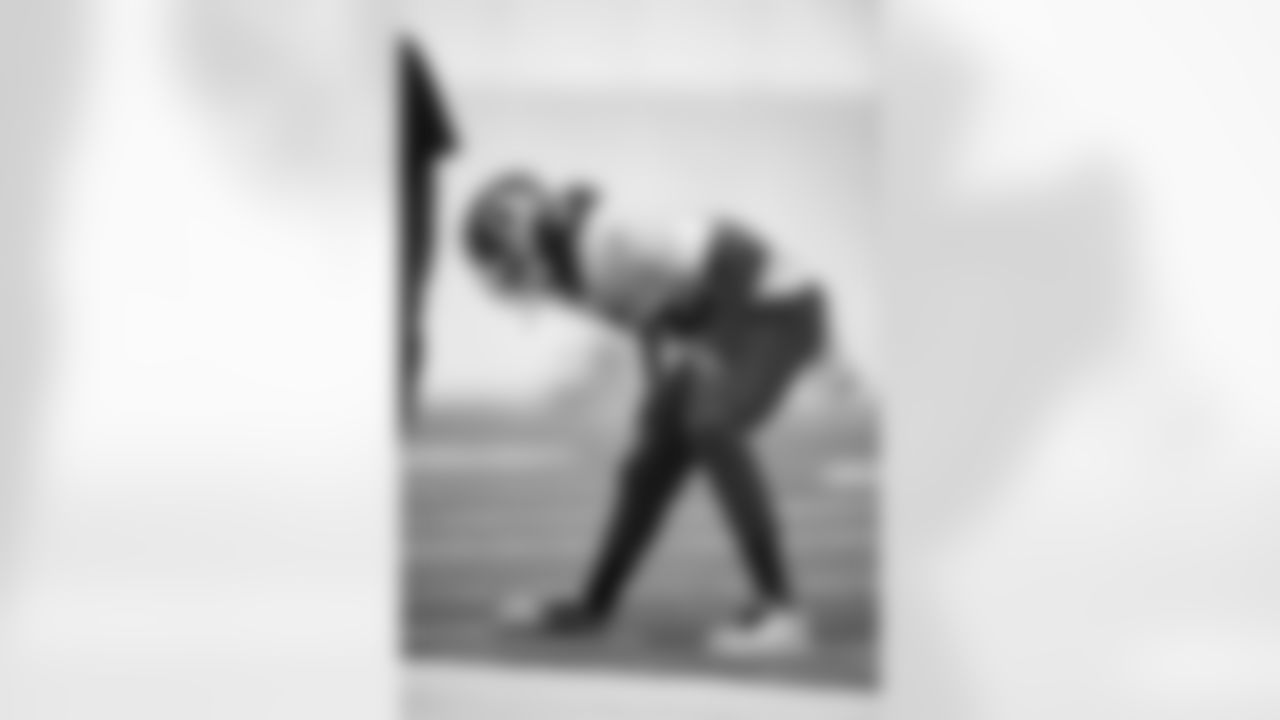
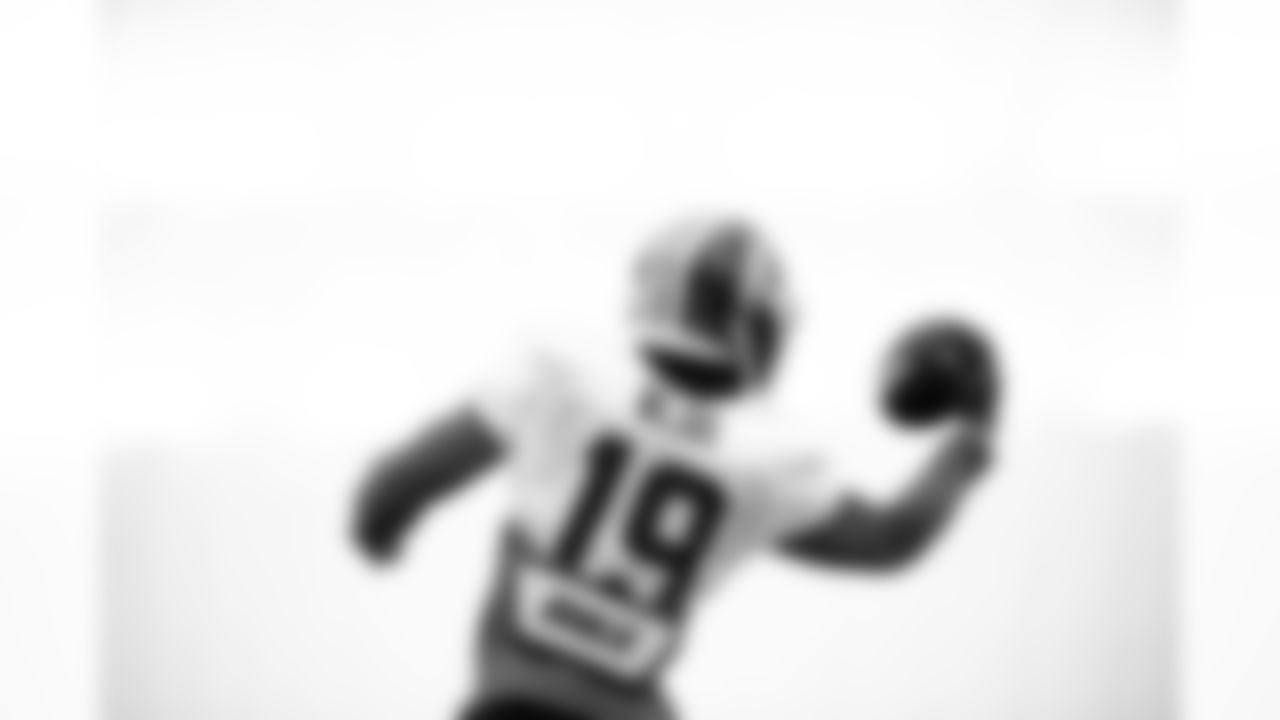
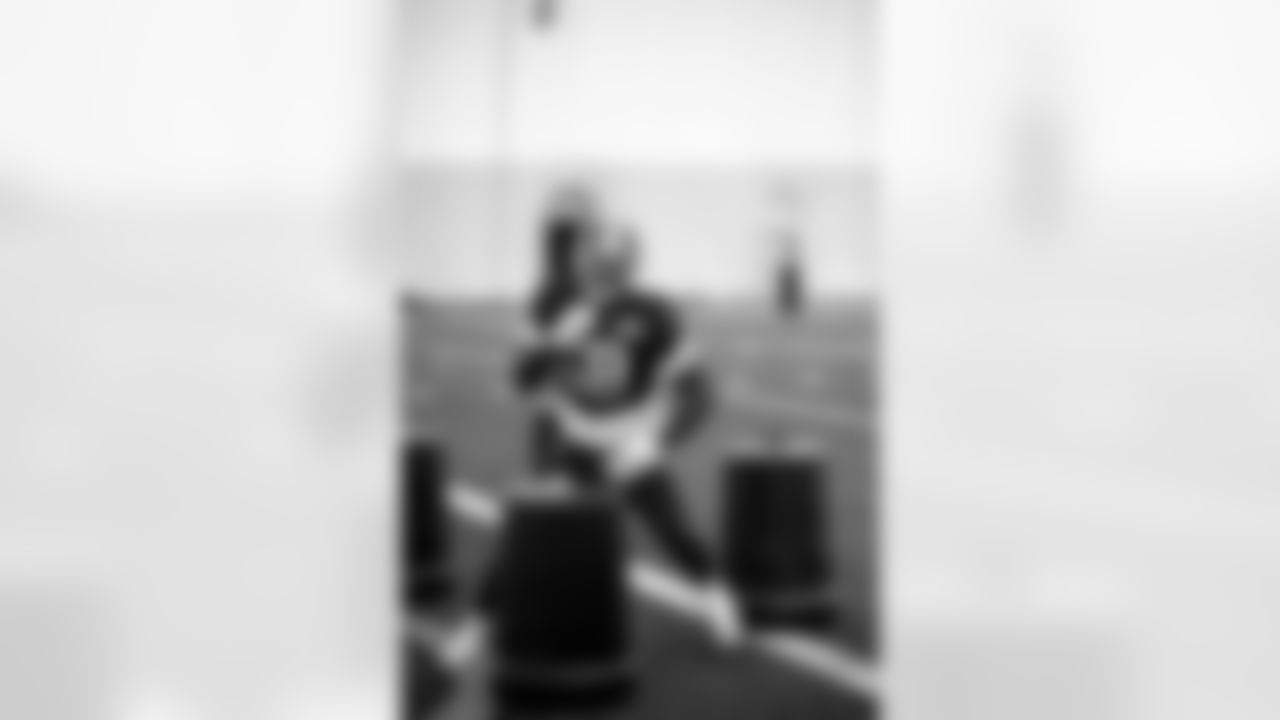
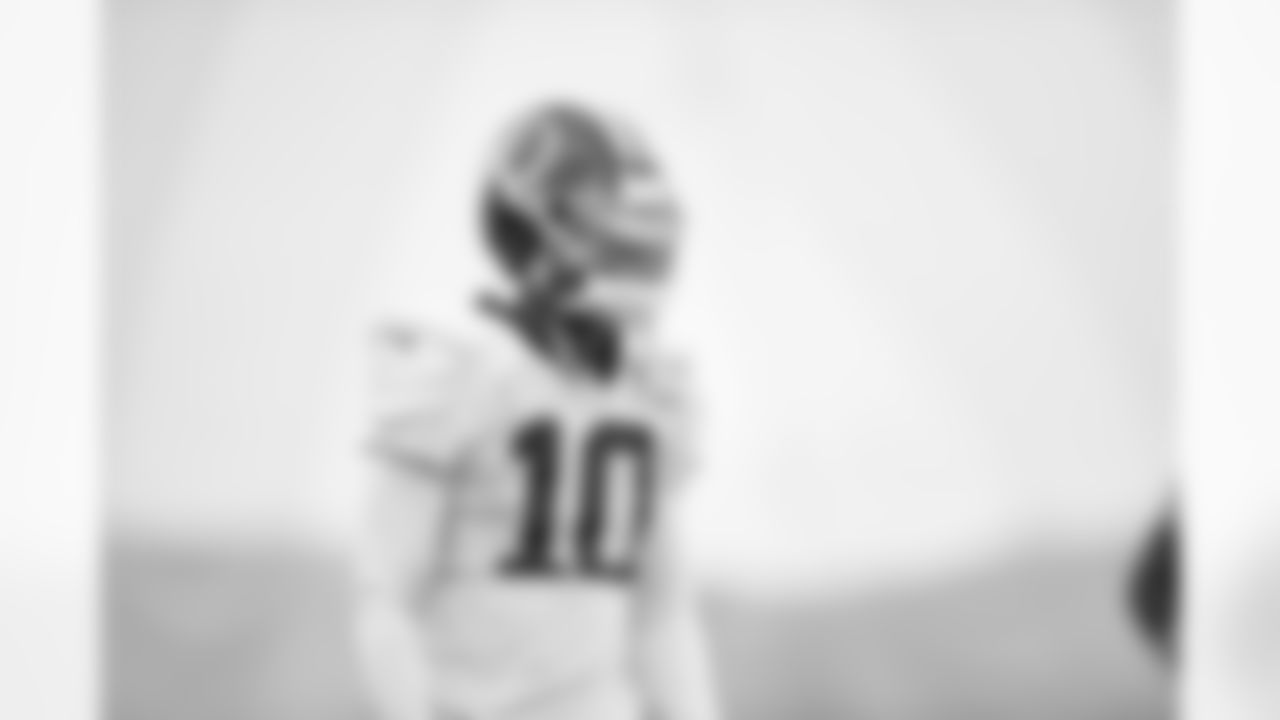
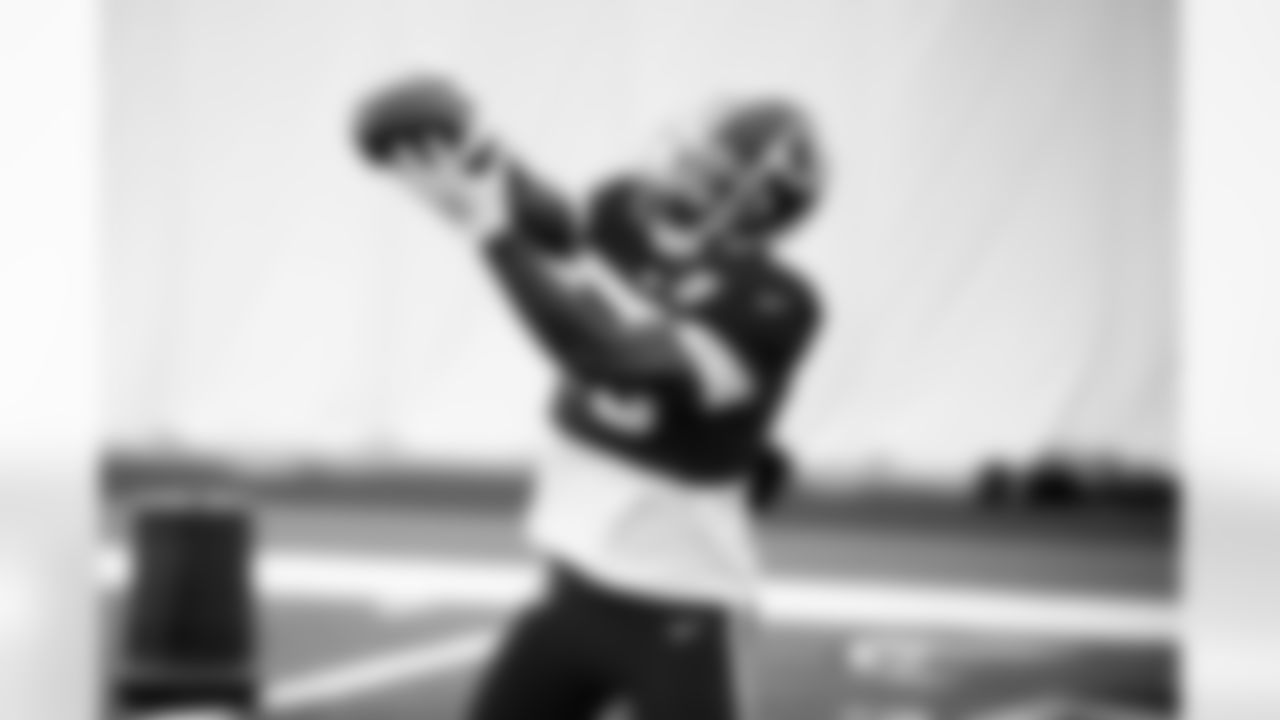
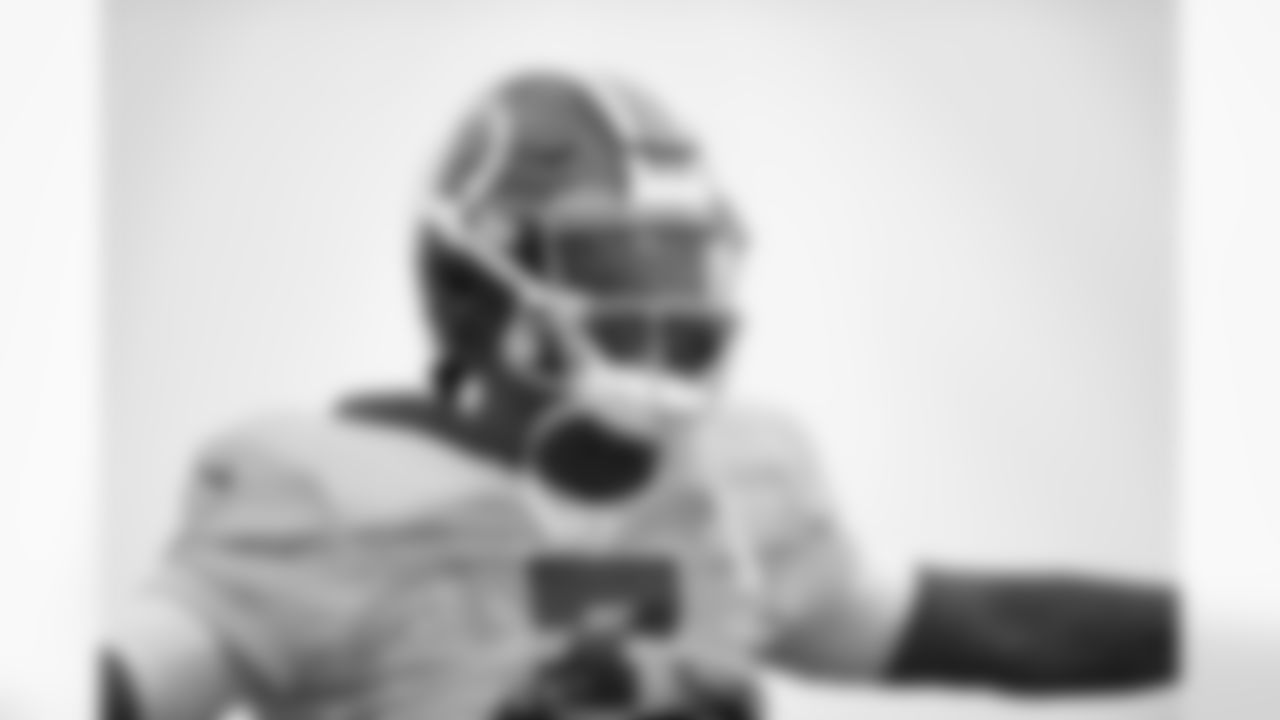
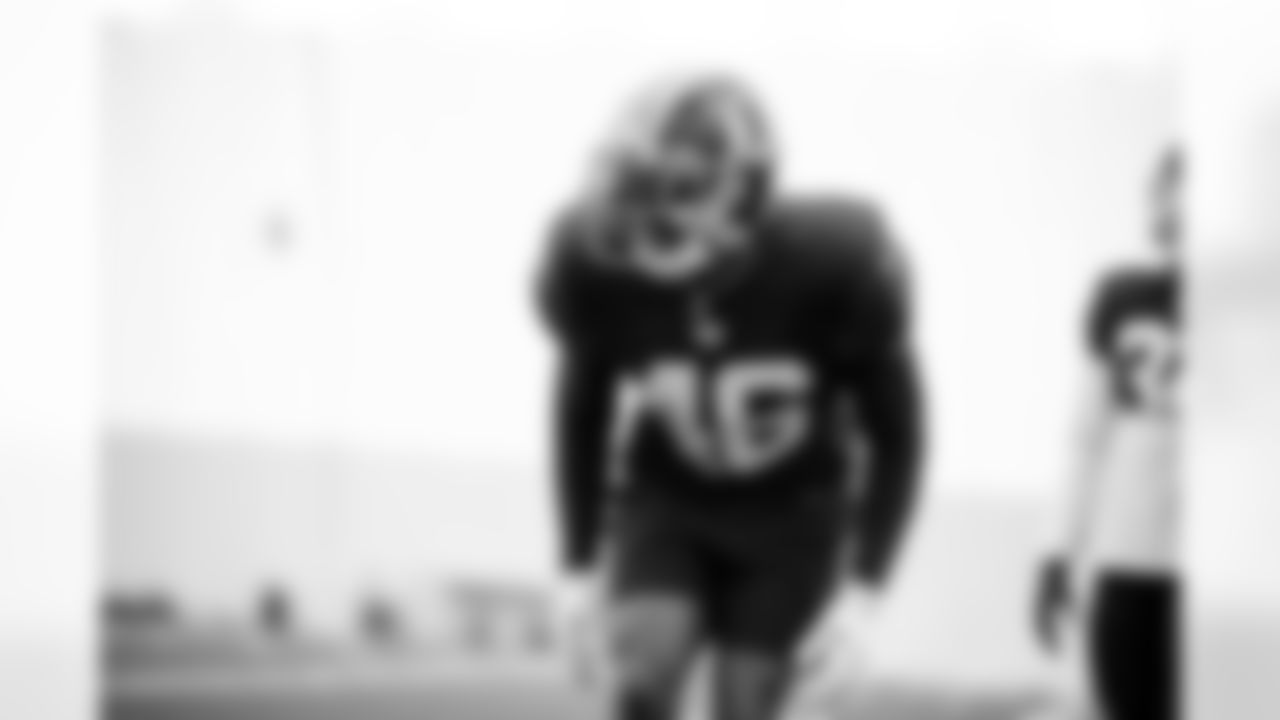
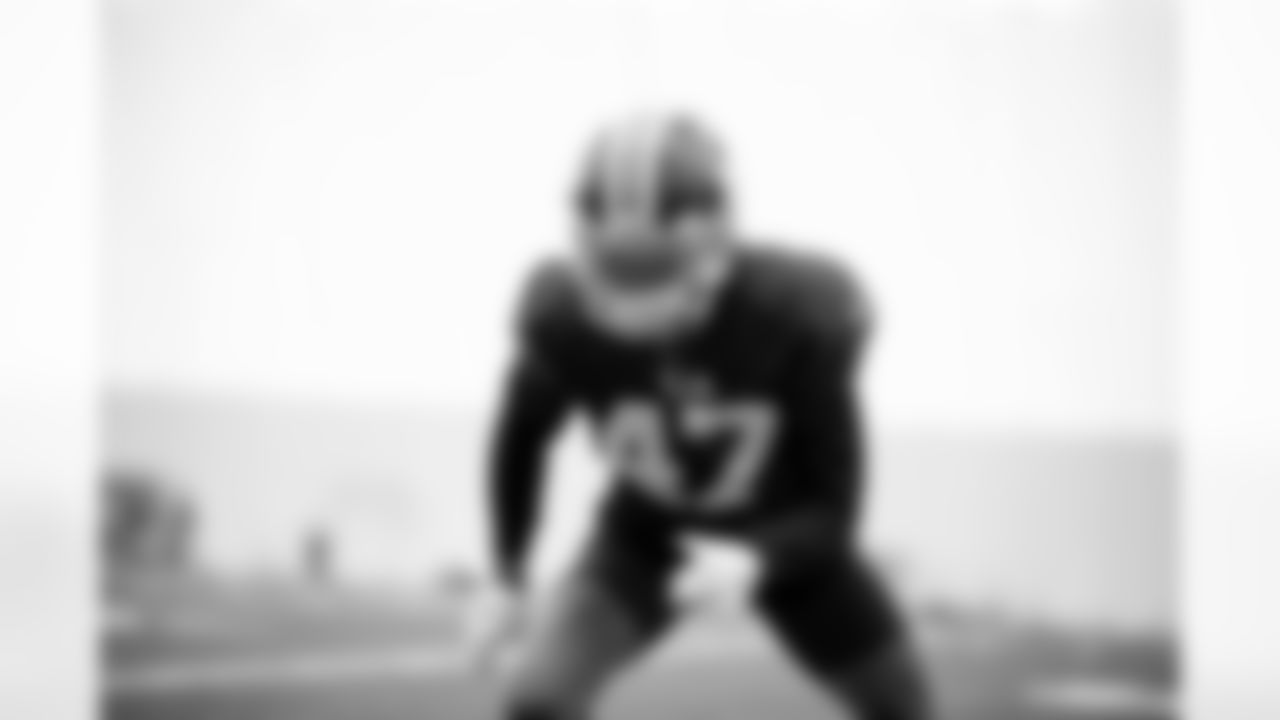

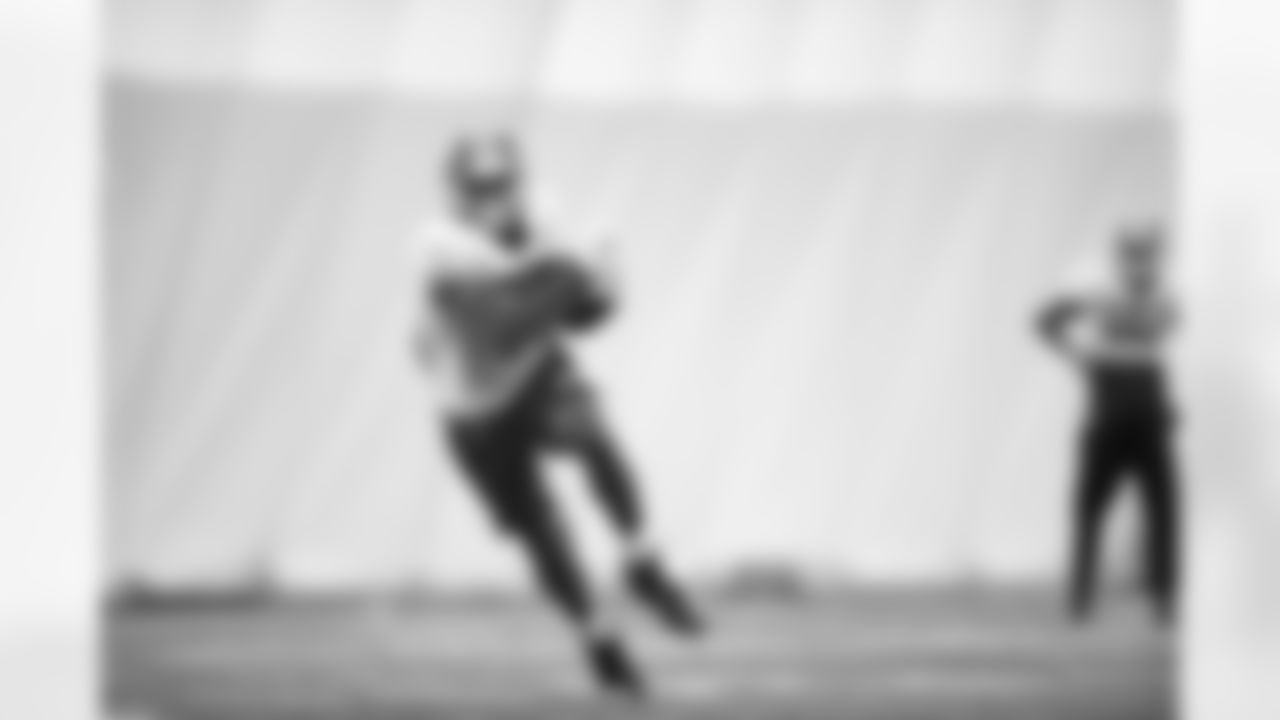
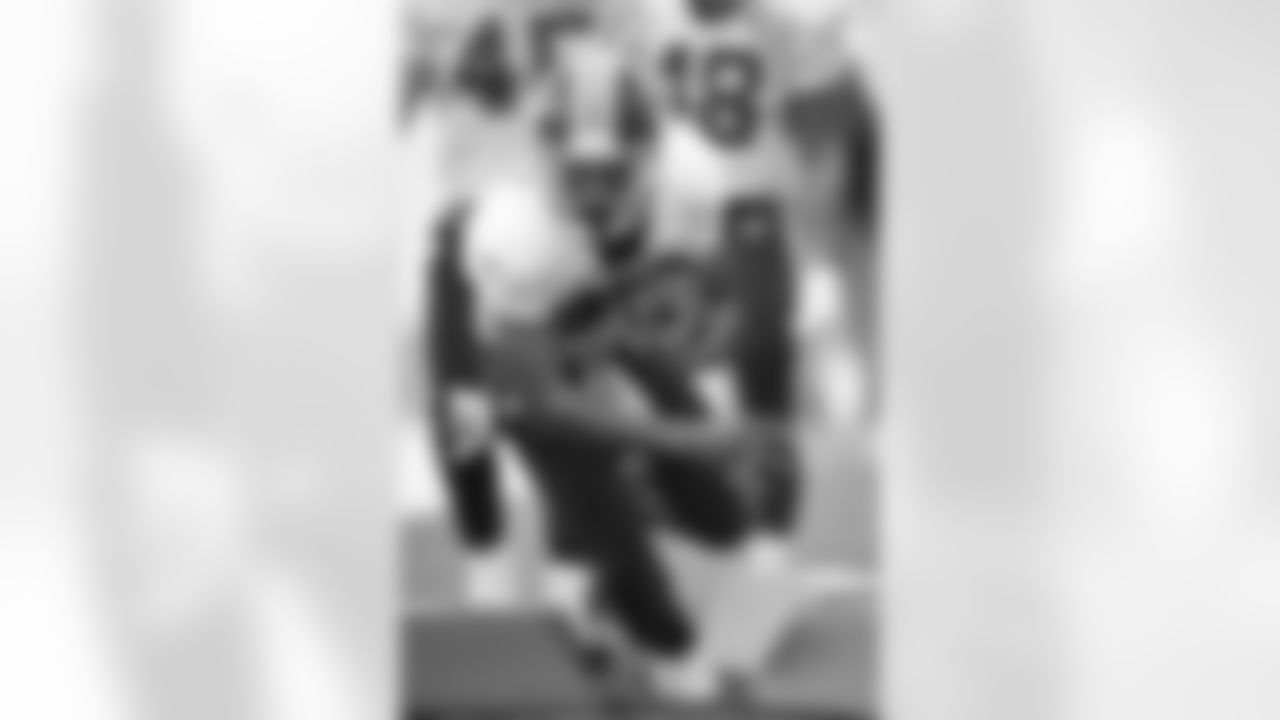
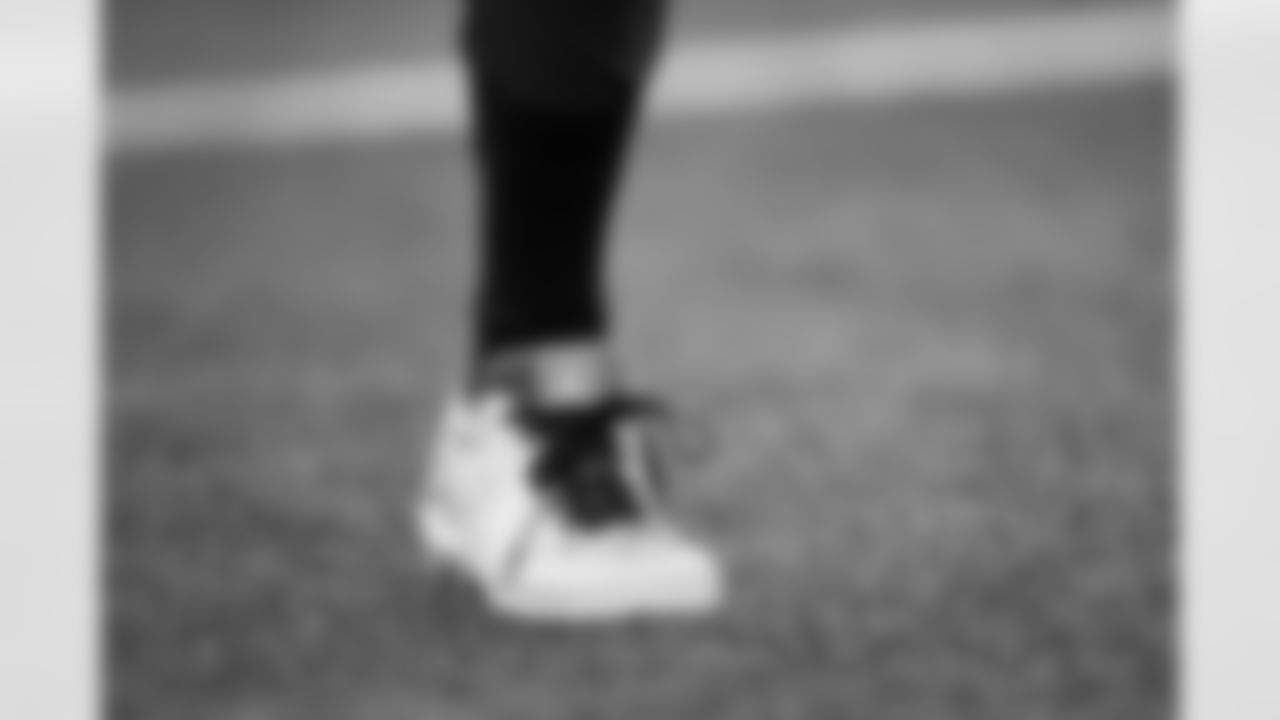
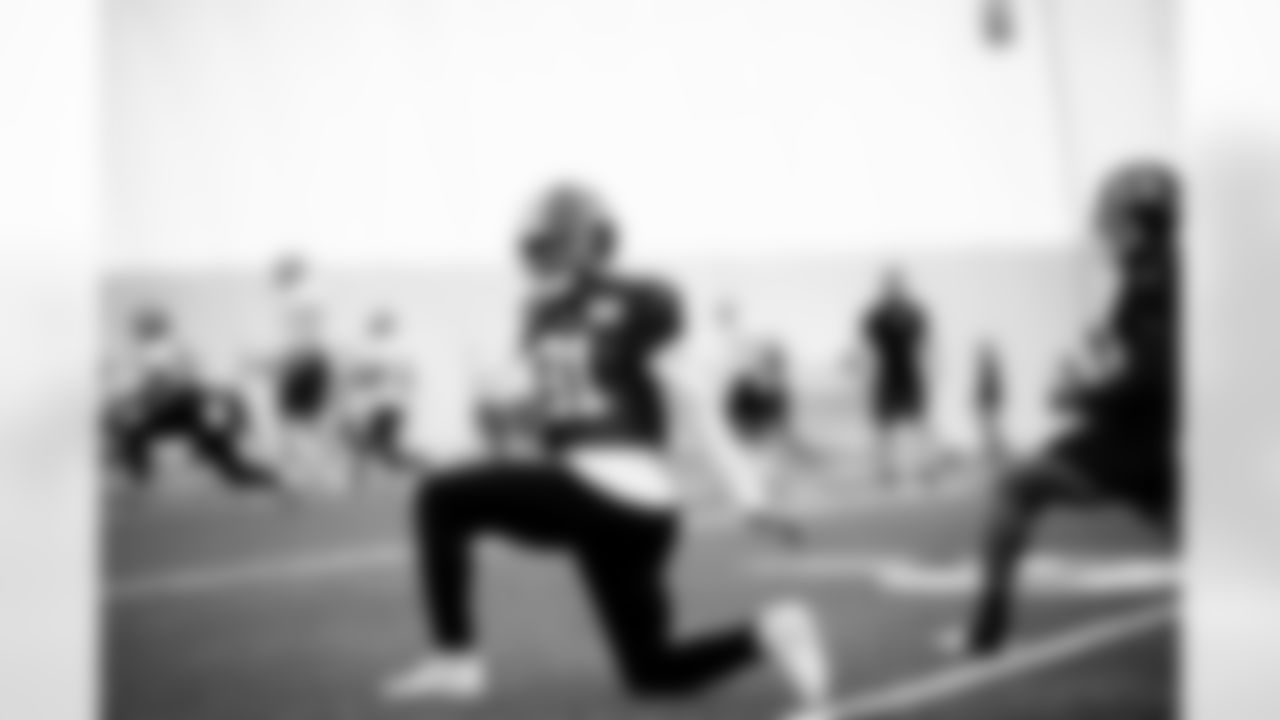

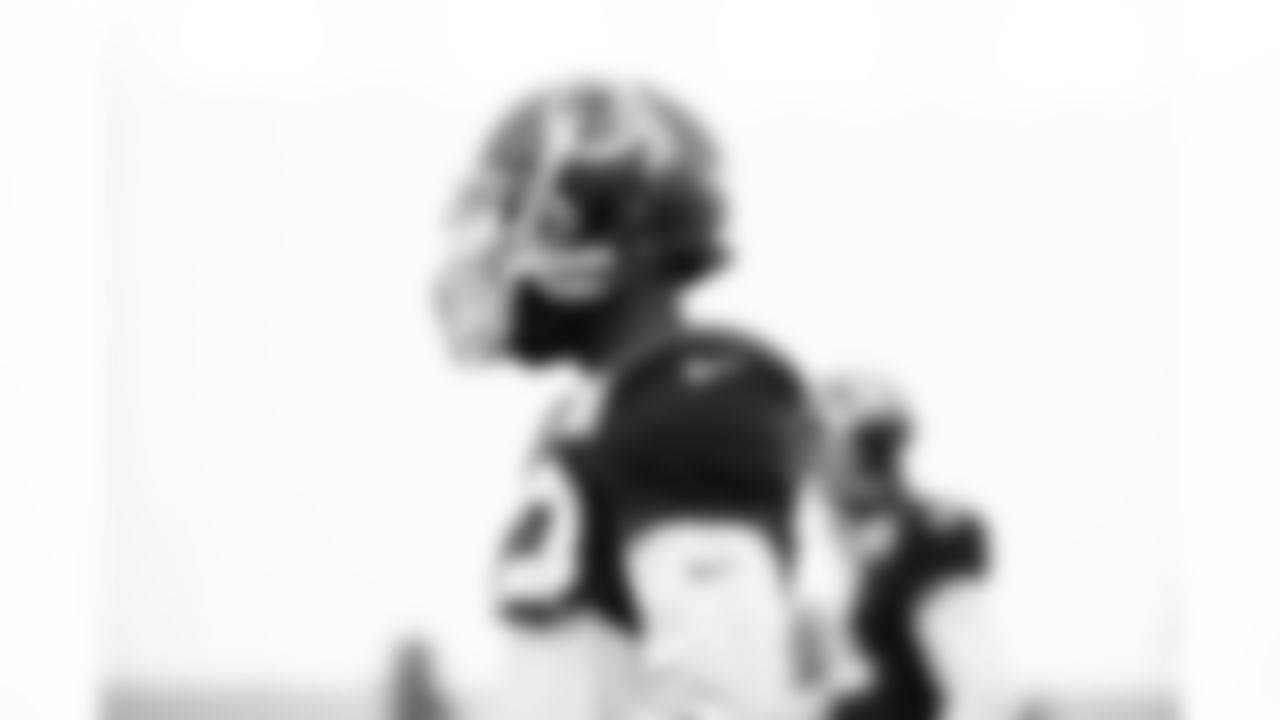
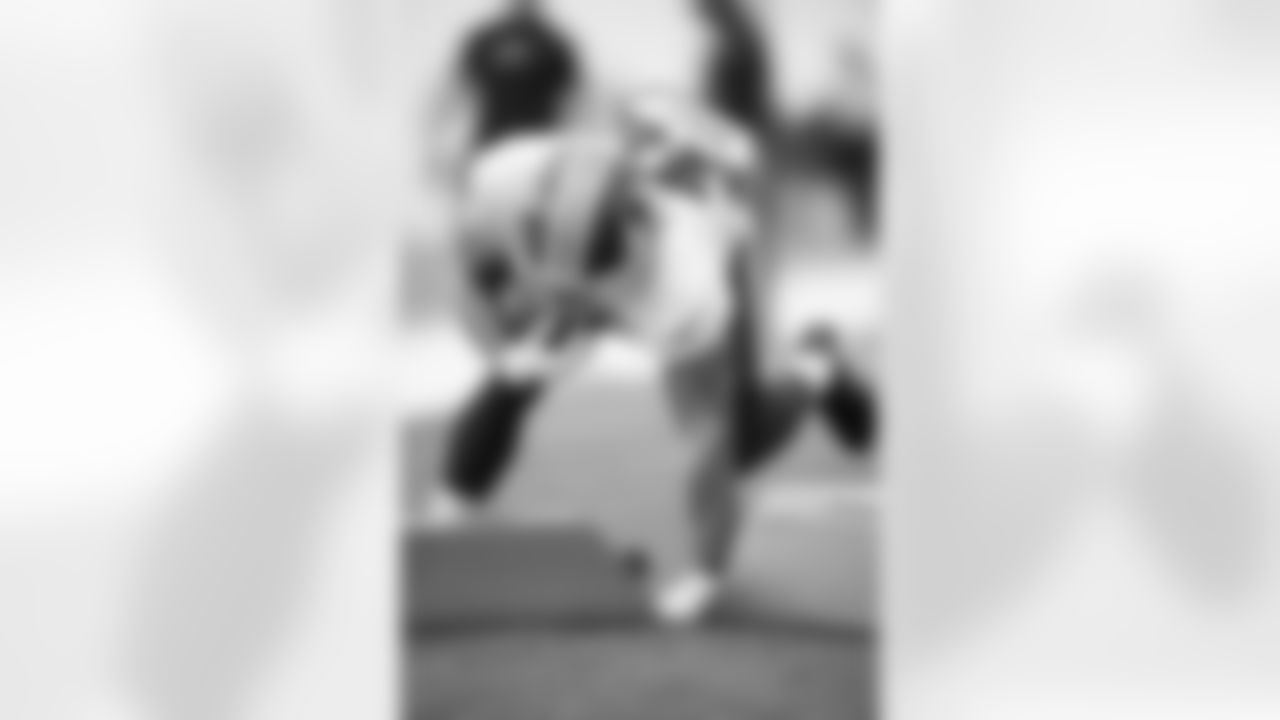
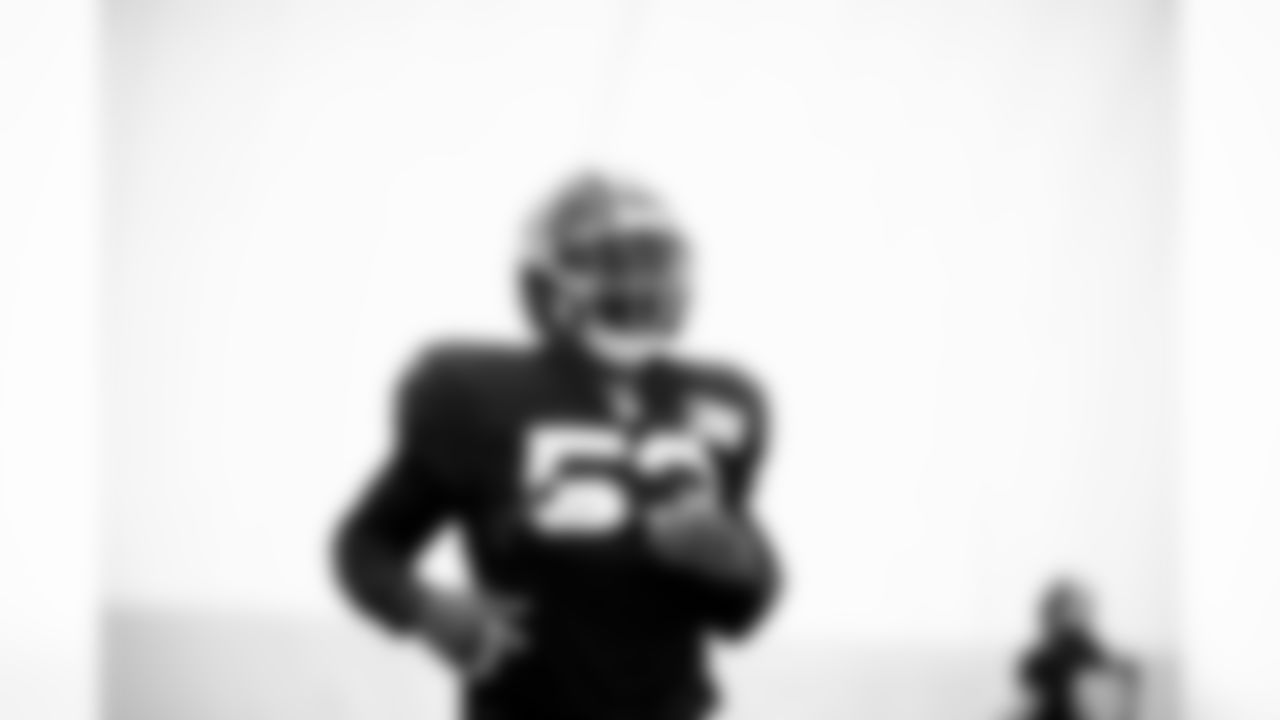
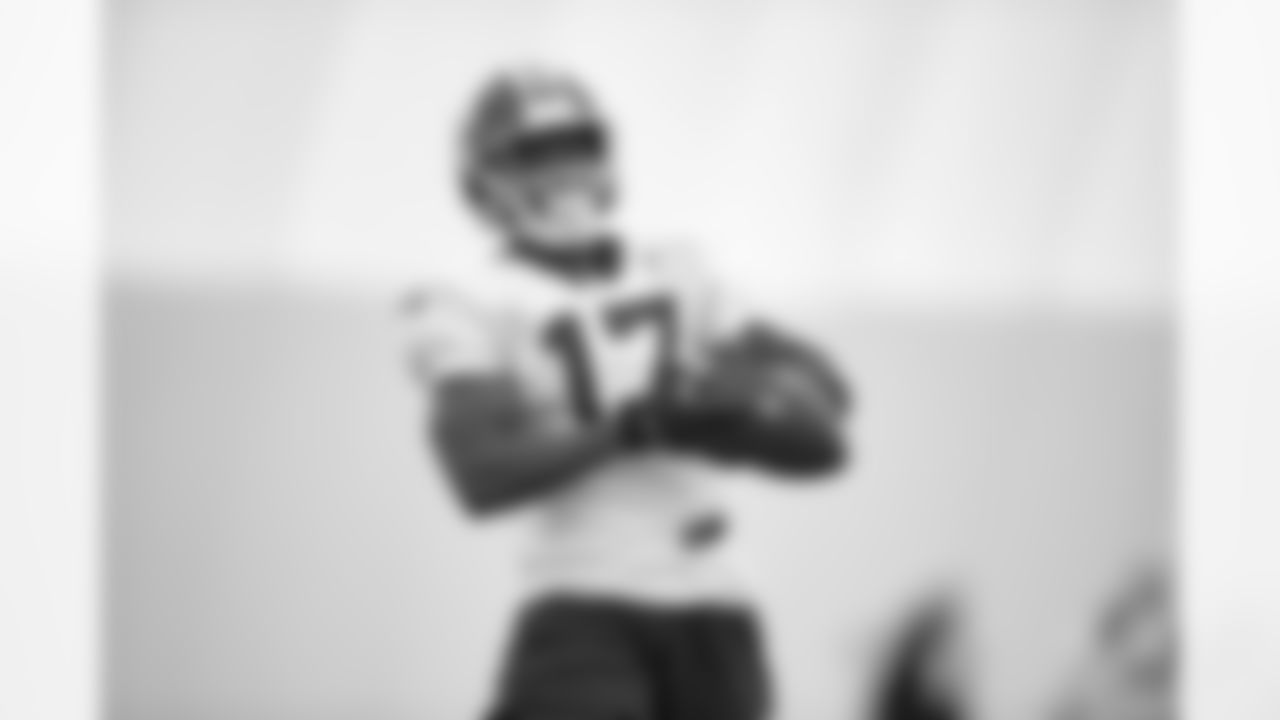
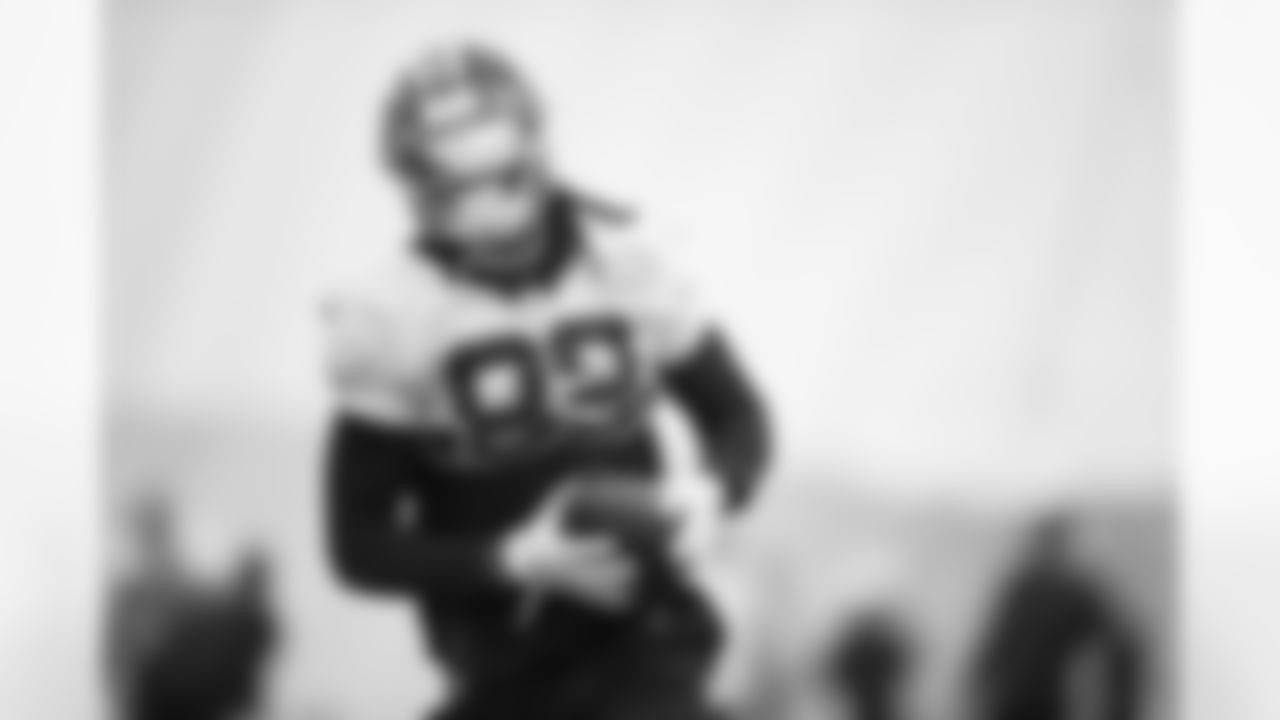
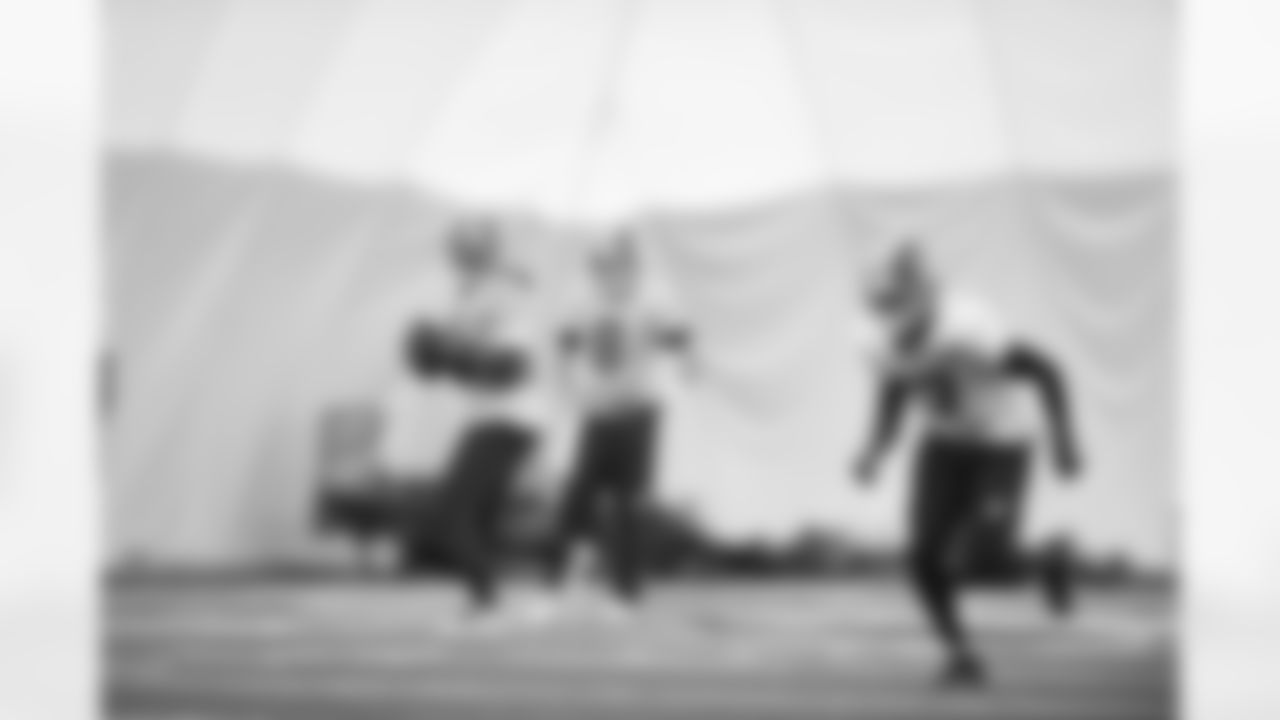
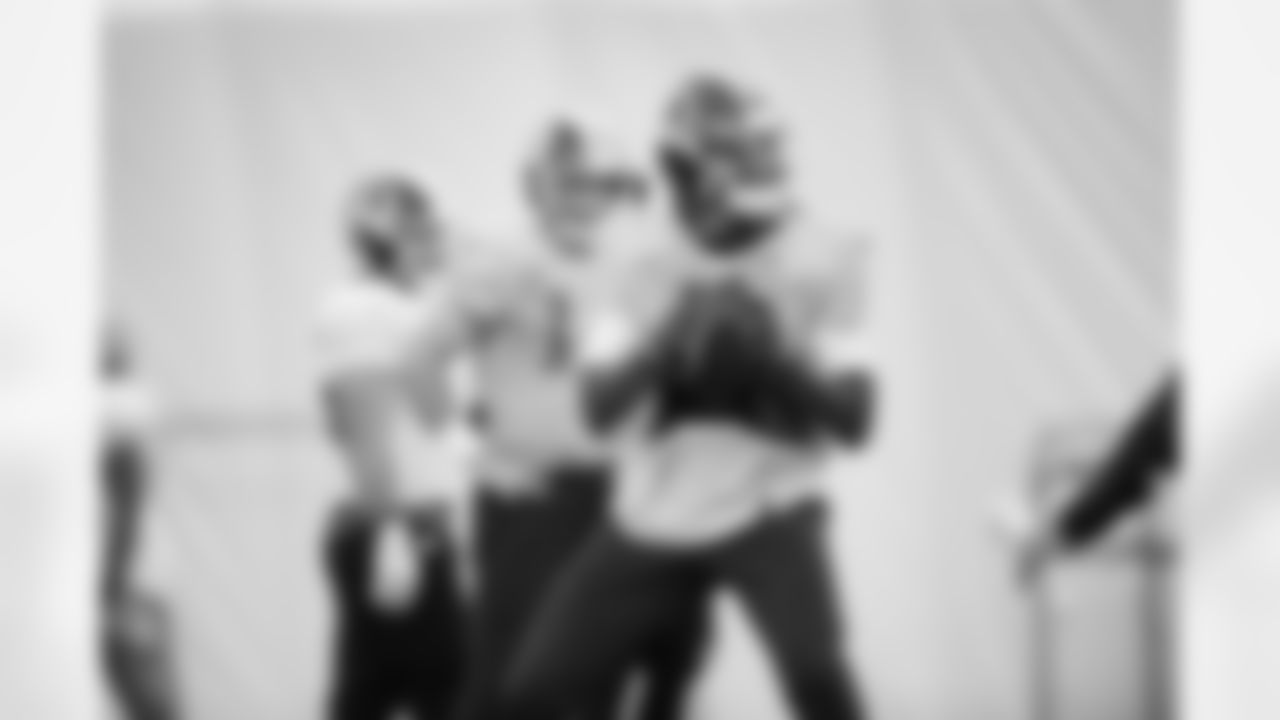
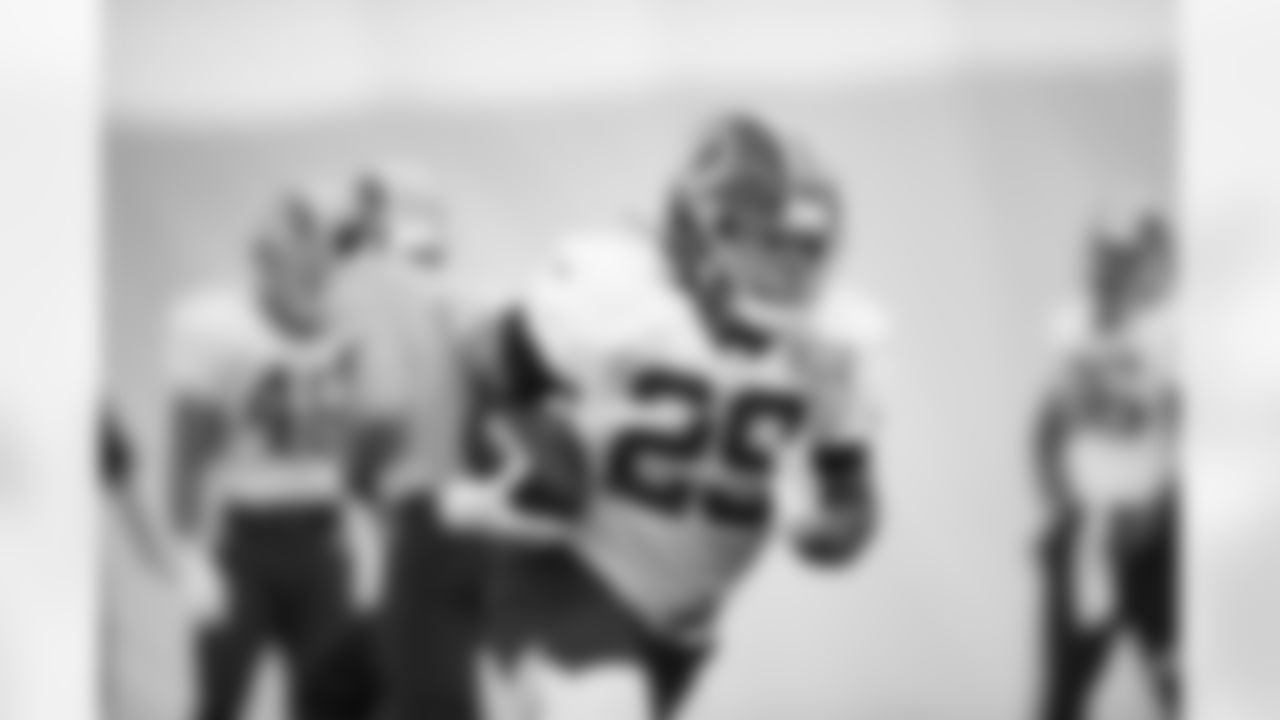
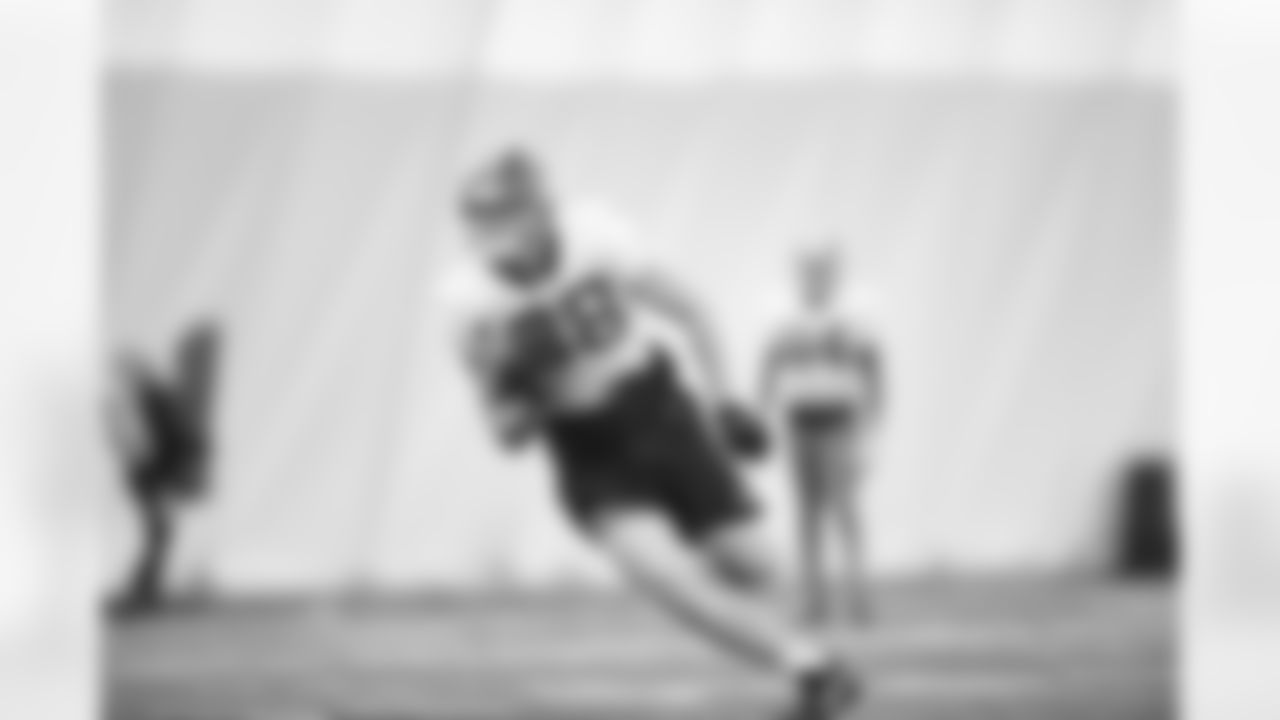
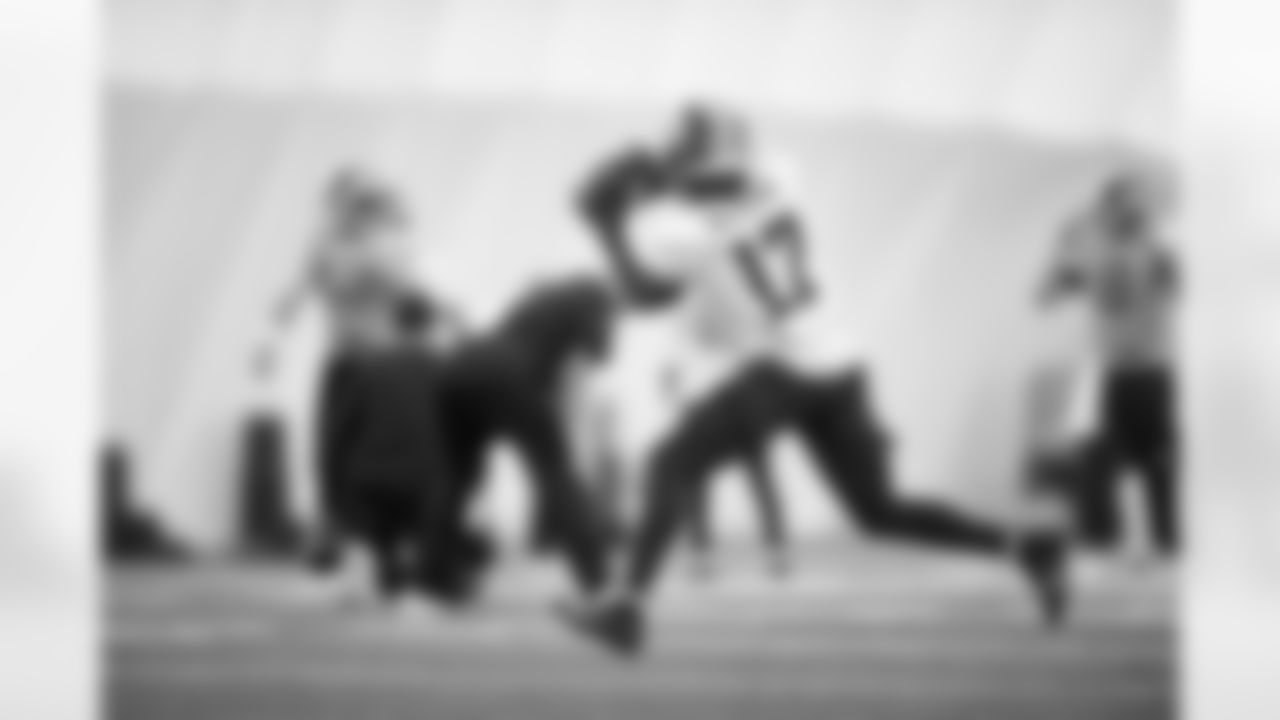
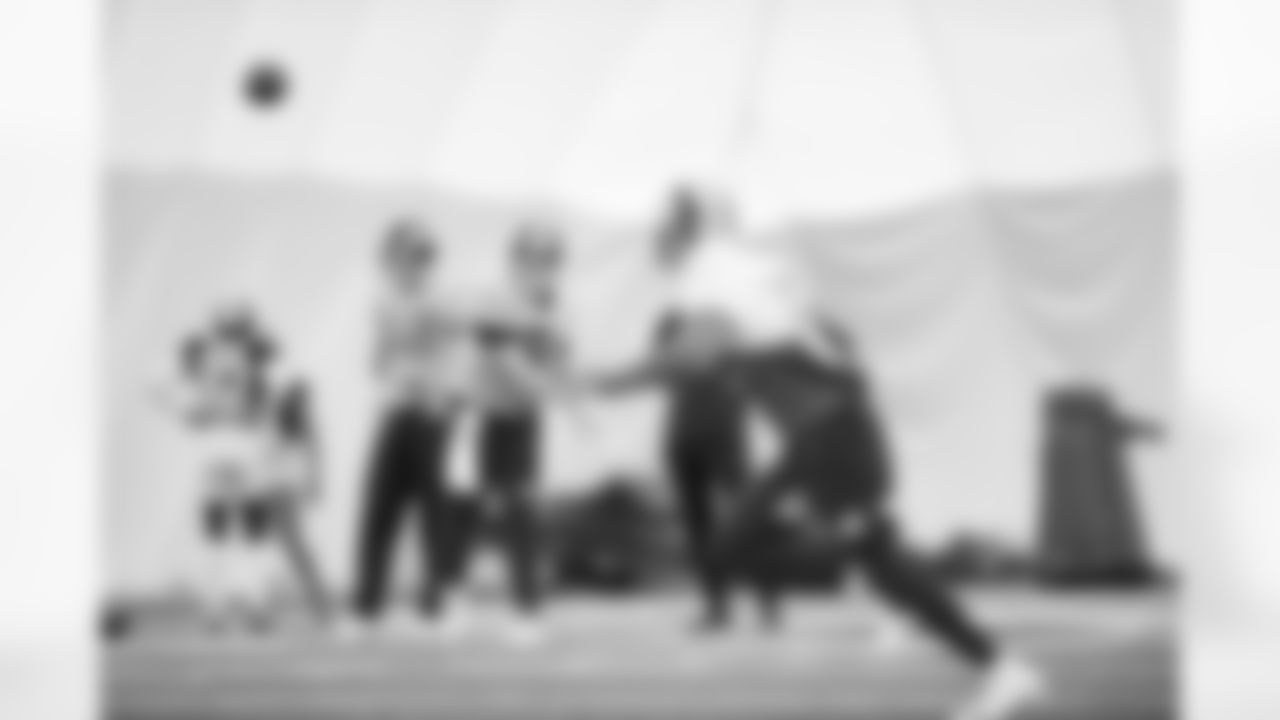
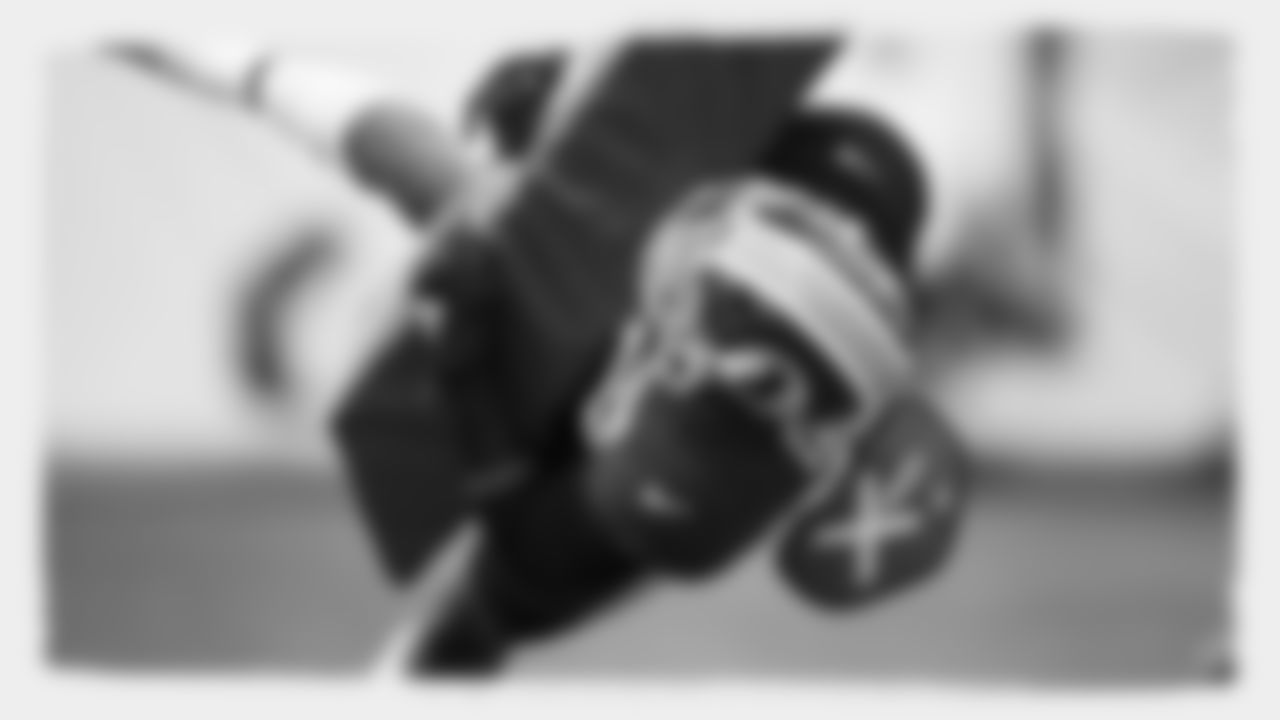
A large part of the recent shift has to do with the Redskins' defensive front causing disruption while playing with a short field.
During Minnesota's first trip to the red zone, defensive linemen Matt Ioannidis and Jonathan Allen came up with a pair of sacks against Kirk Cousins to force a field goal try. A week earlier, it was outside linebackers Ryan Kerrigan and Montez Sweat who took down the opposing signal-caller. Noah Spence got in on the sack party, too, getting to Jimmy Garoppolo with the ball on the 10-yard line. Spence's play forced the 49ers into the first of four field goal attempts in the Redskins' eventual 9-0 defeat.
"I always tell the guys that it doesn't matter how many times they get the ball. If they drive five times and kick five field goals, we're still in the game." defensive coordinator Greg Manusky said Thursday. "We got to continue to keep doing that each and every week."
Defensive lineman Tim Settle, meanwhile, believes better cohesion is the main factor of the defense's improved play.
"Each week we're progressing as a team, as a defense. [We're] starting to come along better, starting to be able to get that chemistry all the way down, getting comfortable with each other."
To this end, the second-year player sees the unit's growth in the red zone as a marker for their potential. "We think we're the best D-Line," Settle stated. "You gotta be put in certain situations to show that you're the best."



